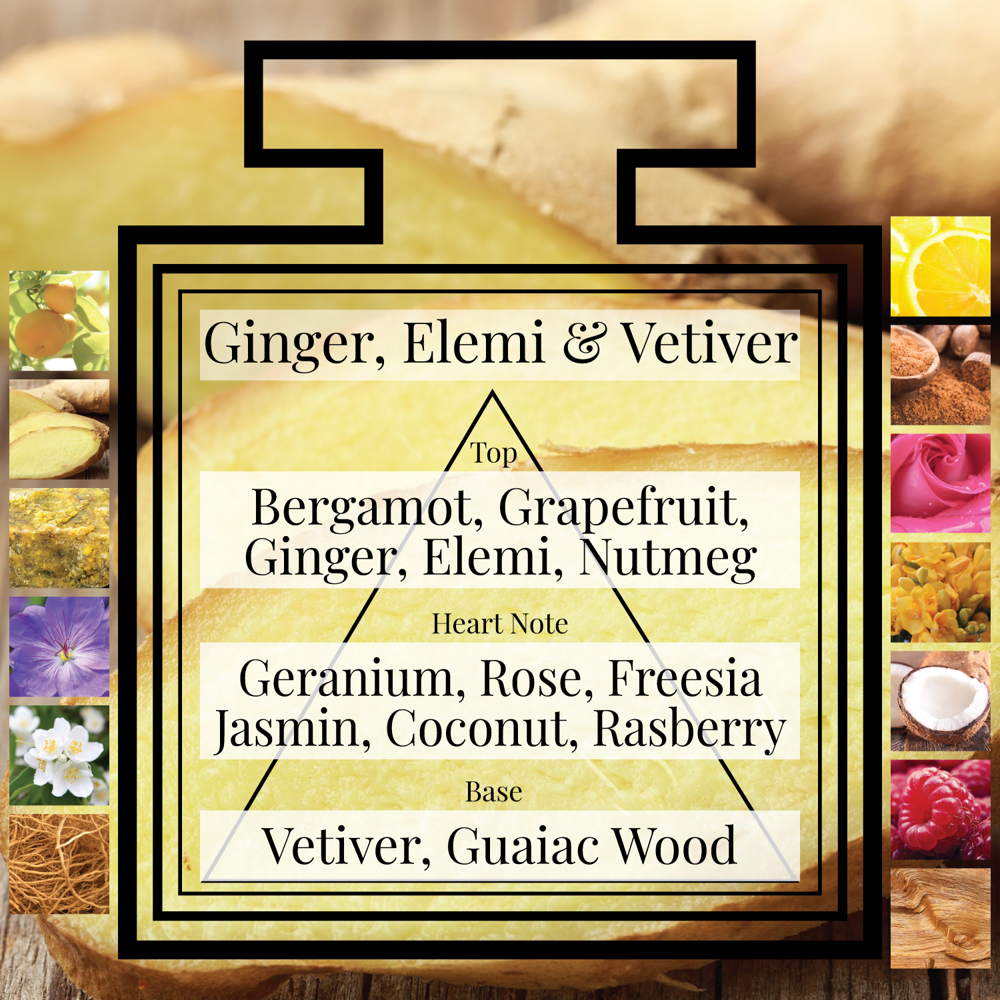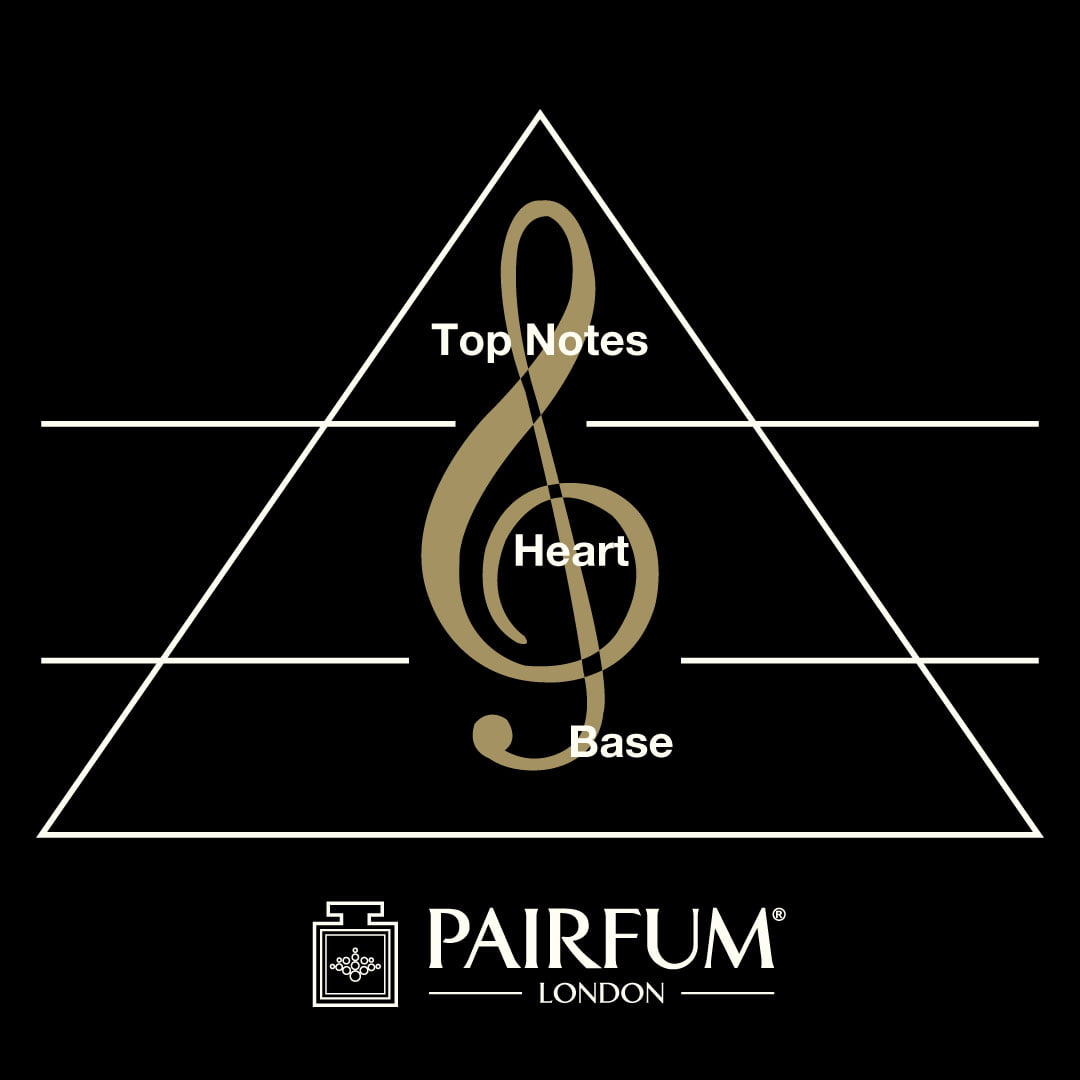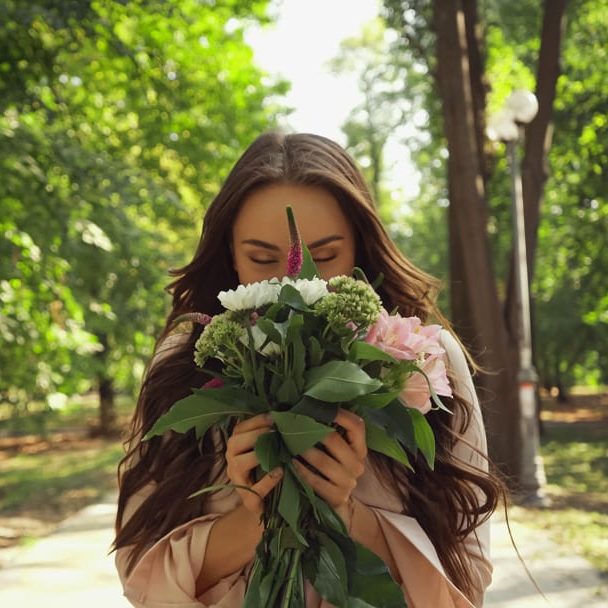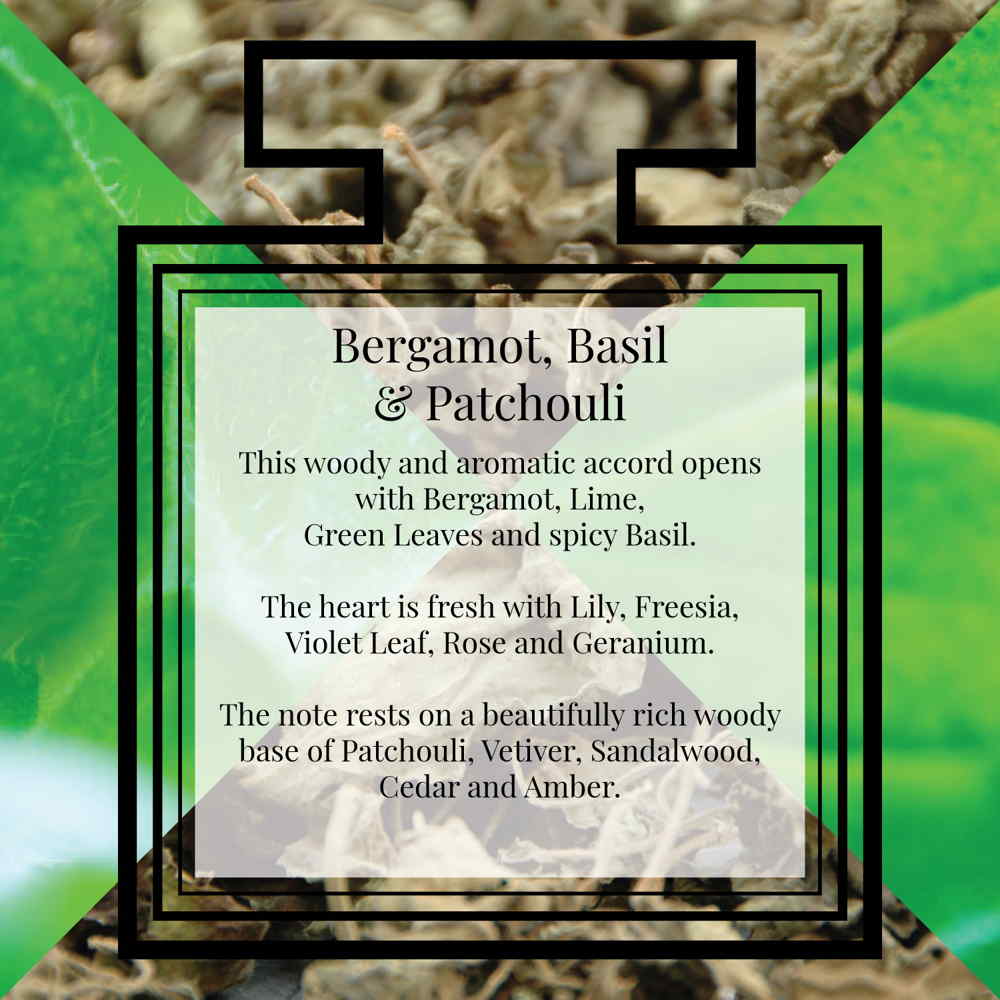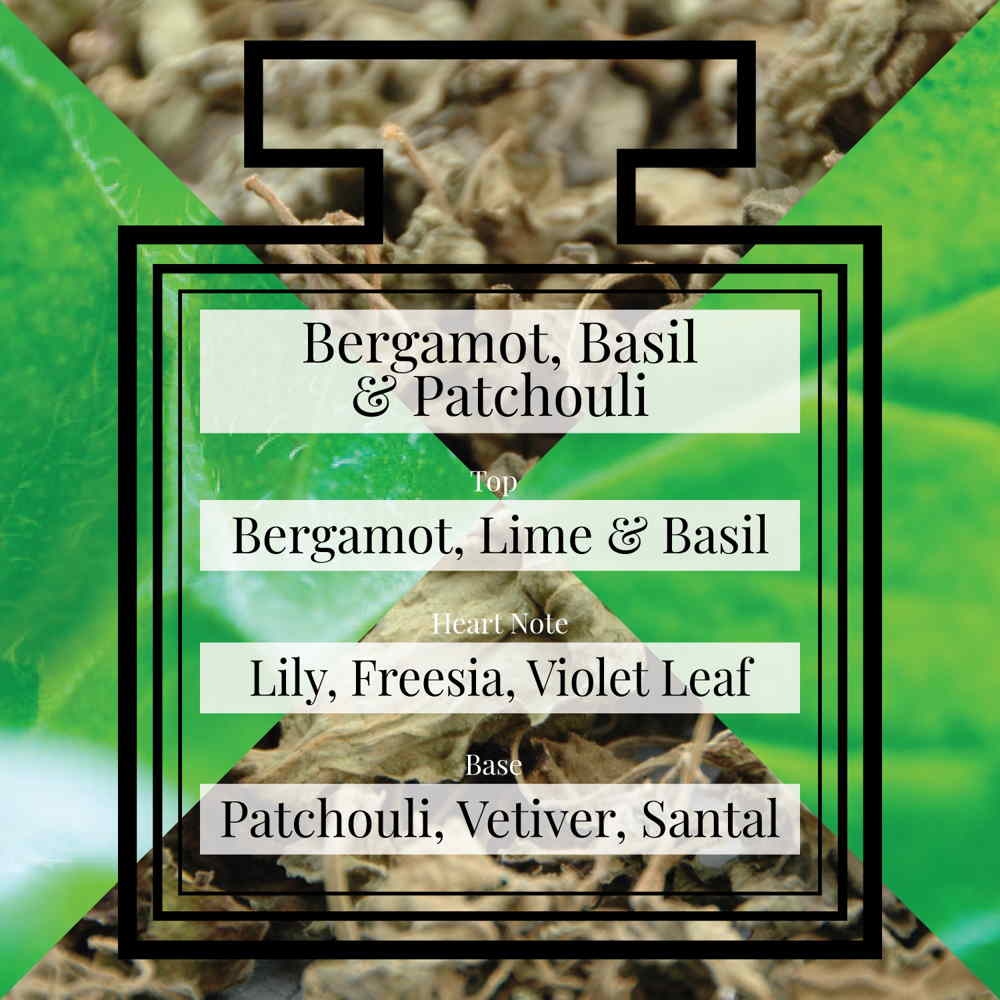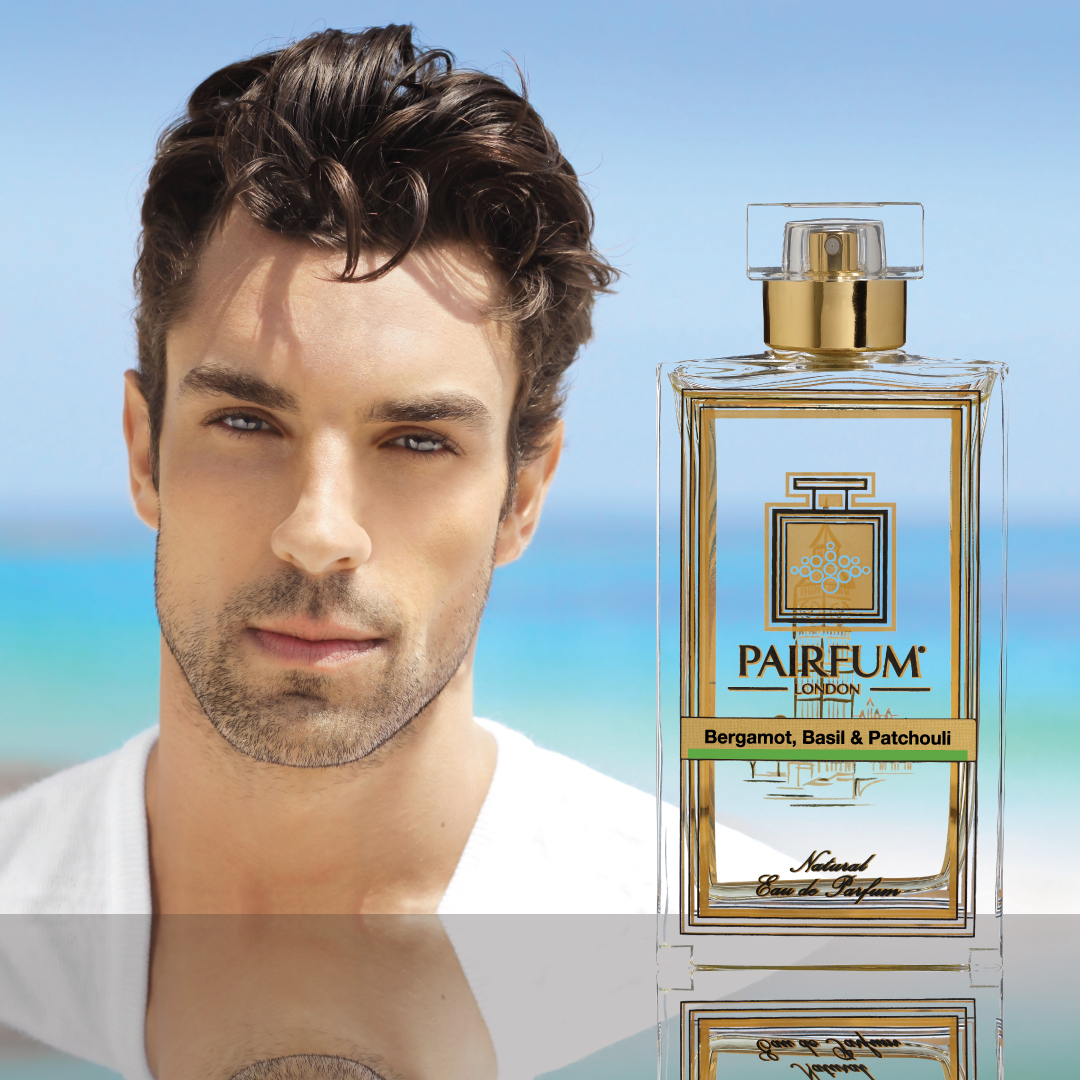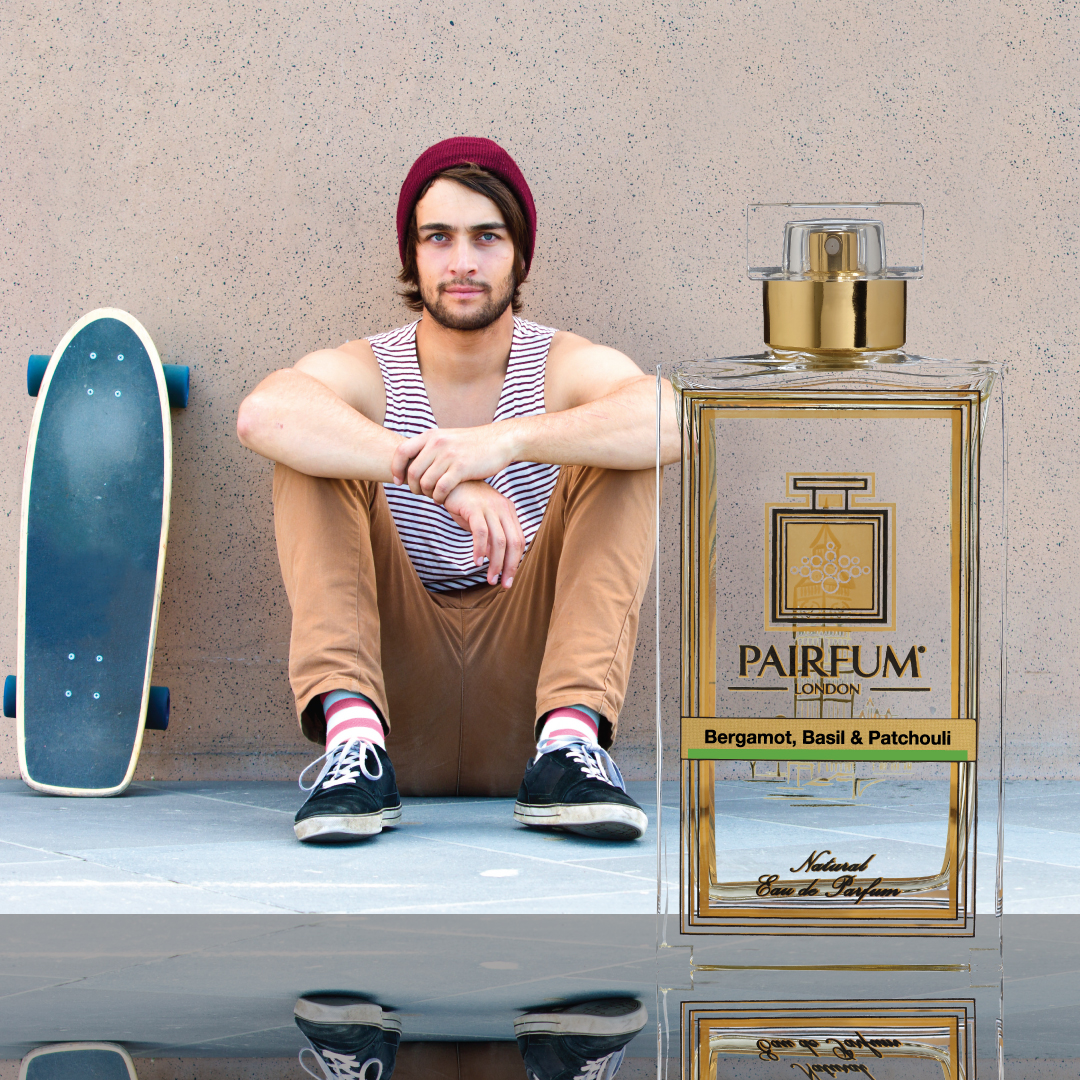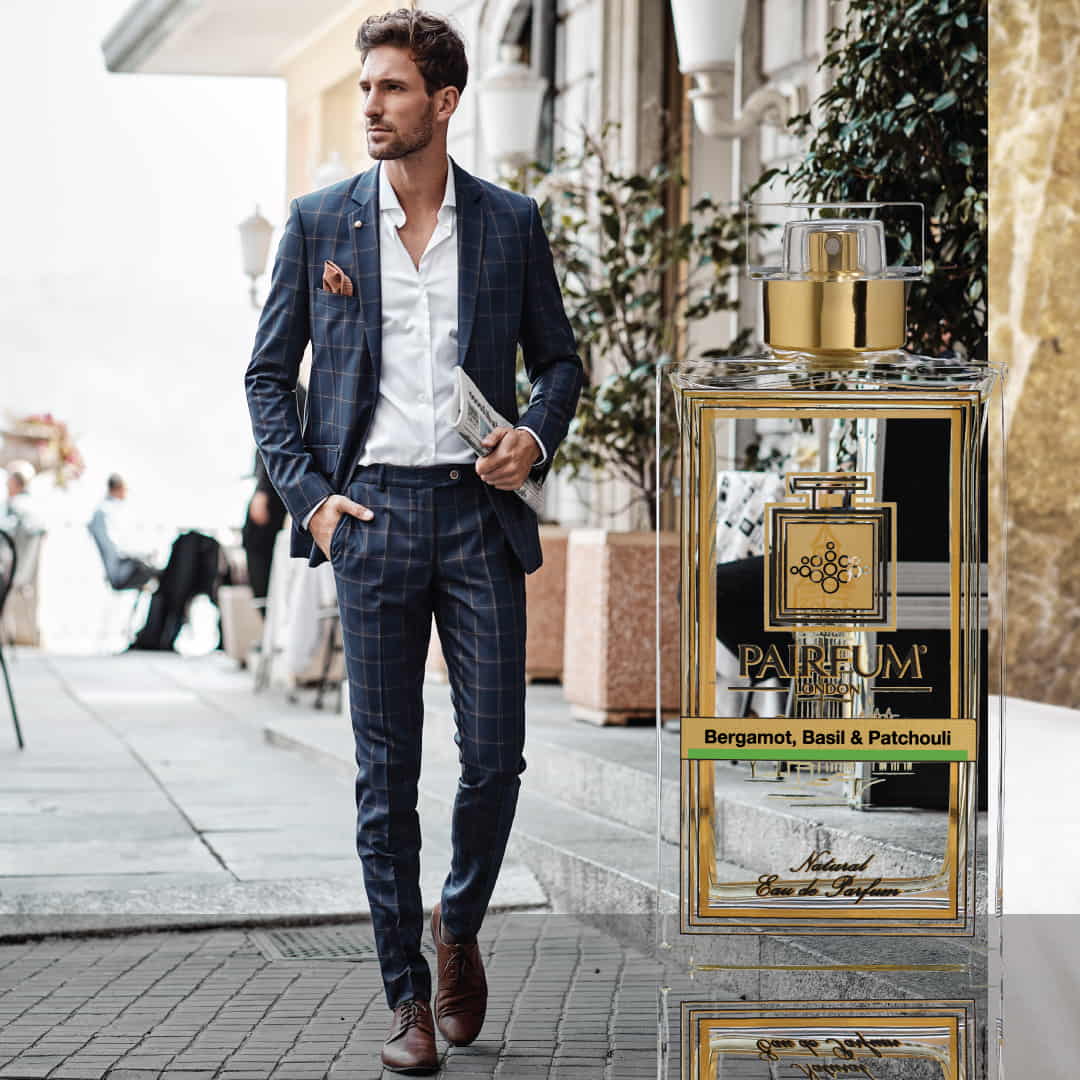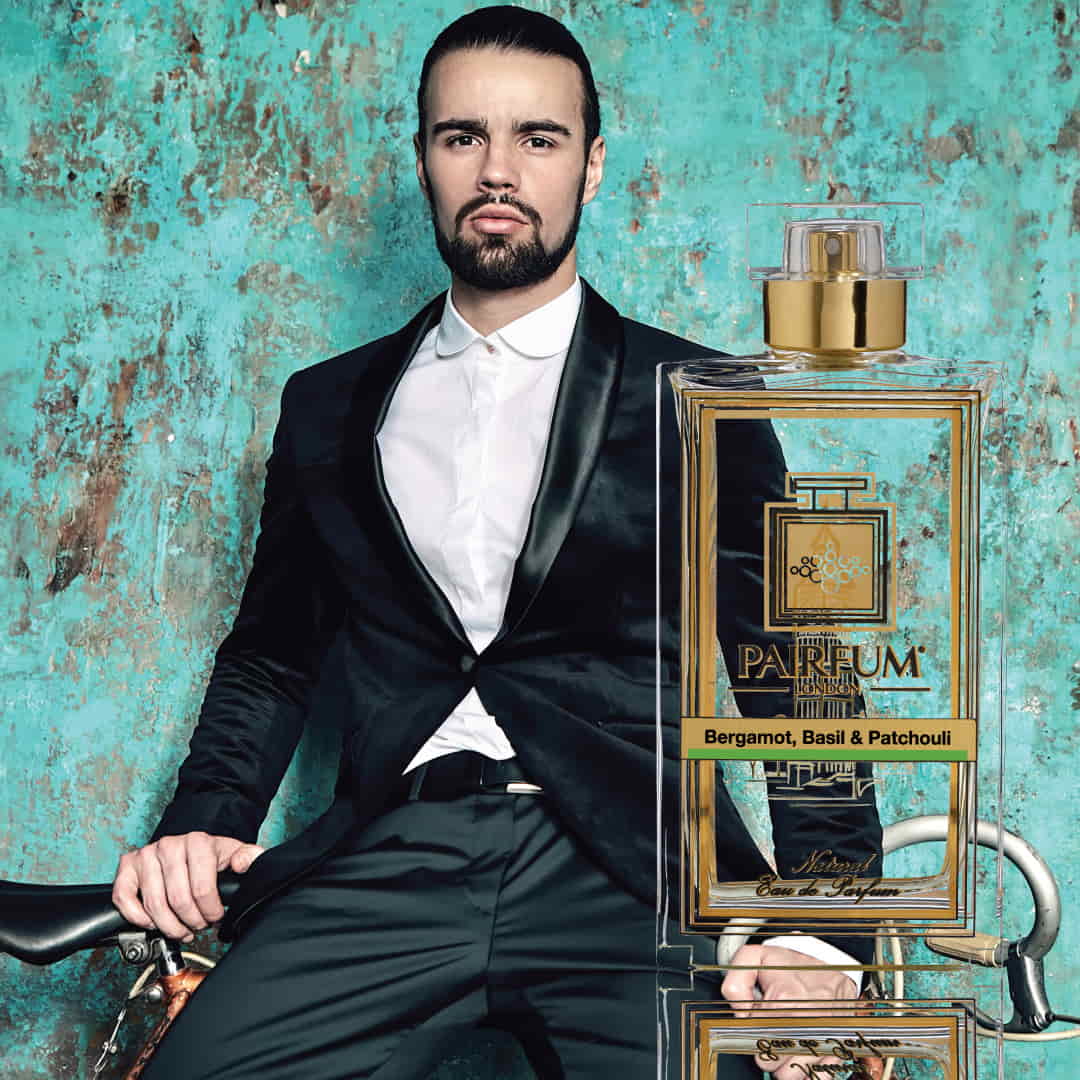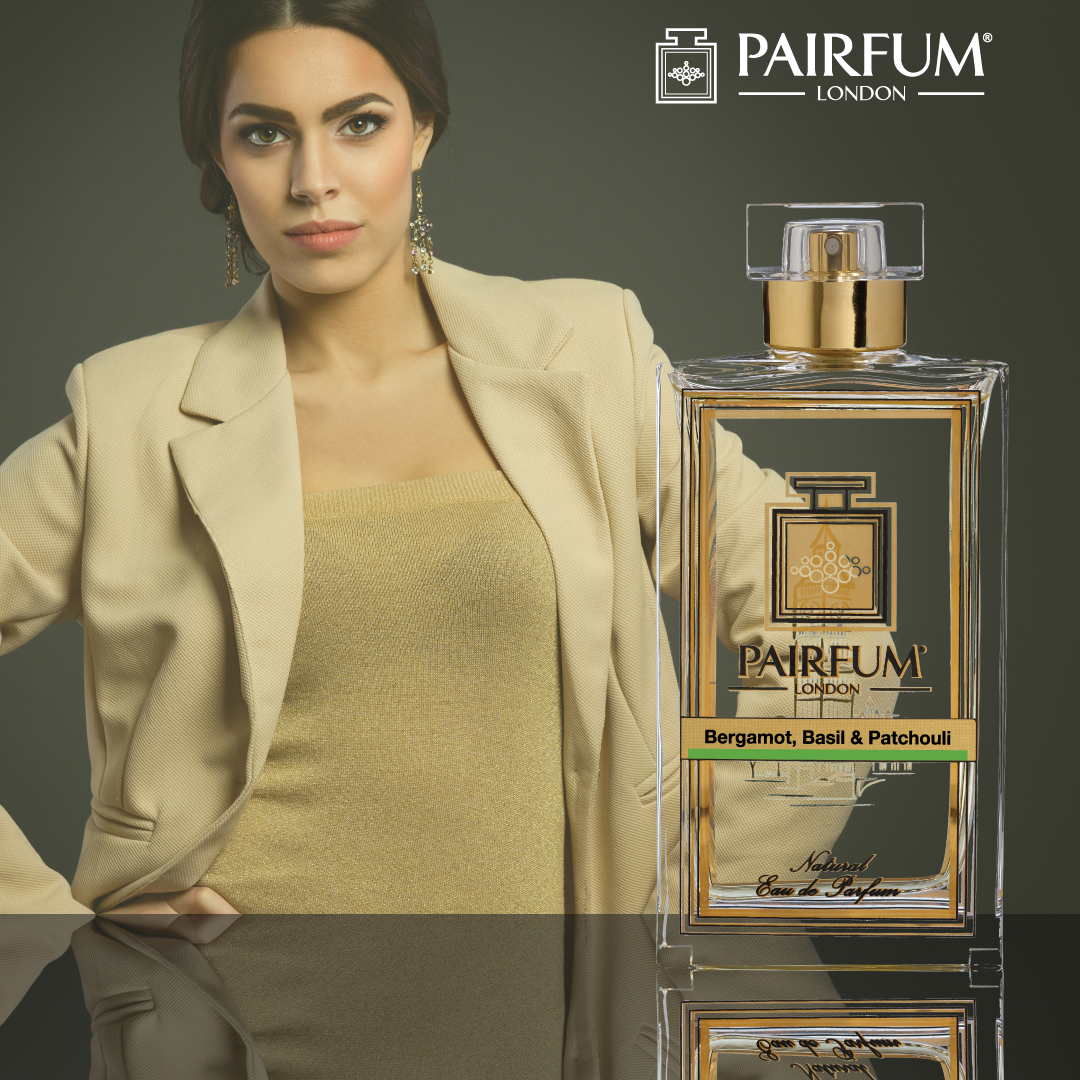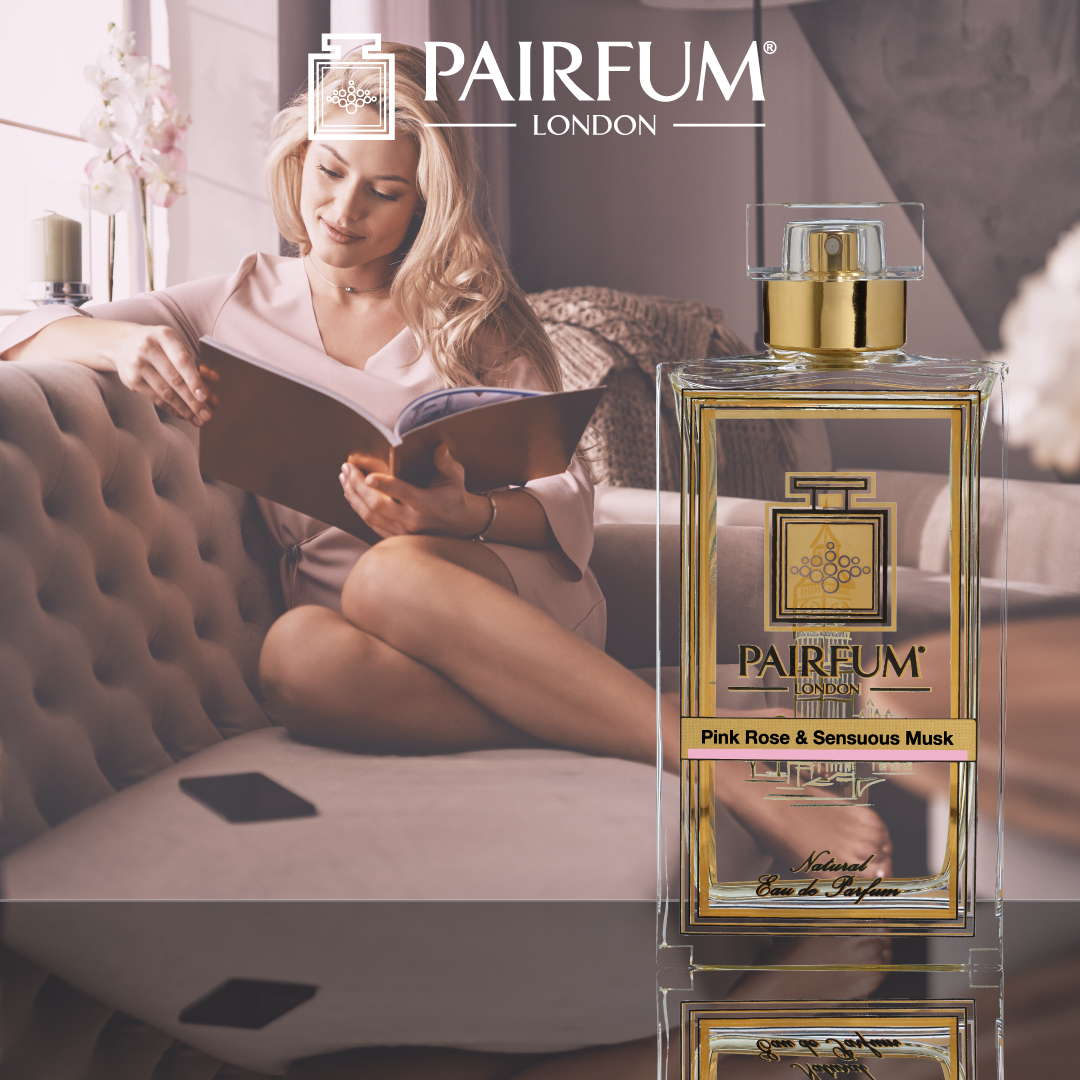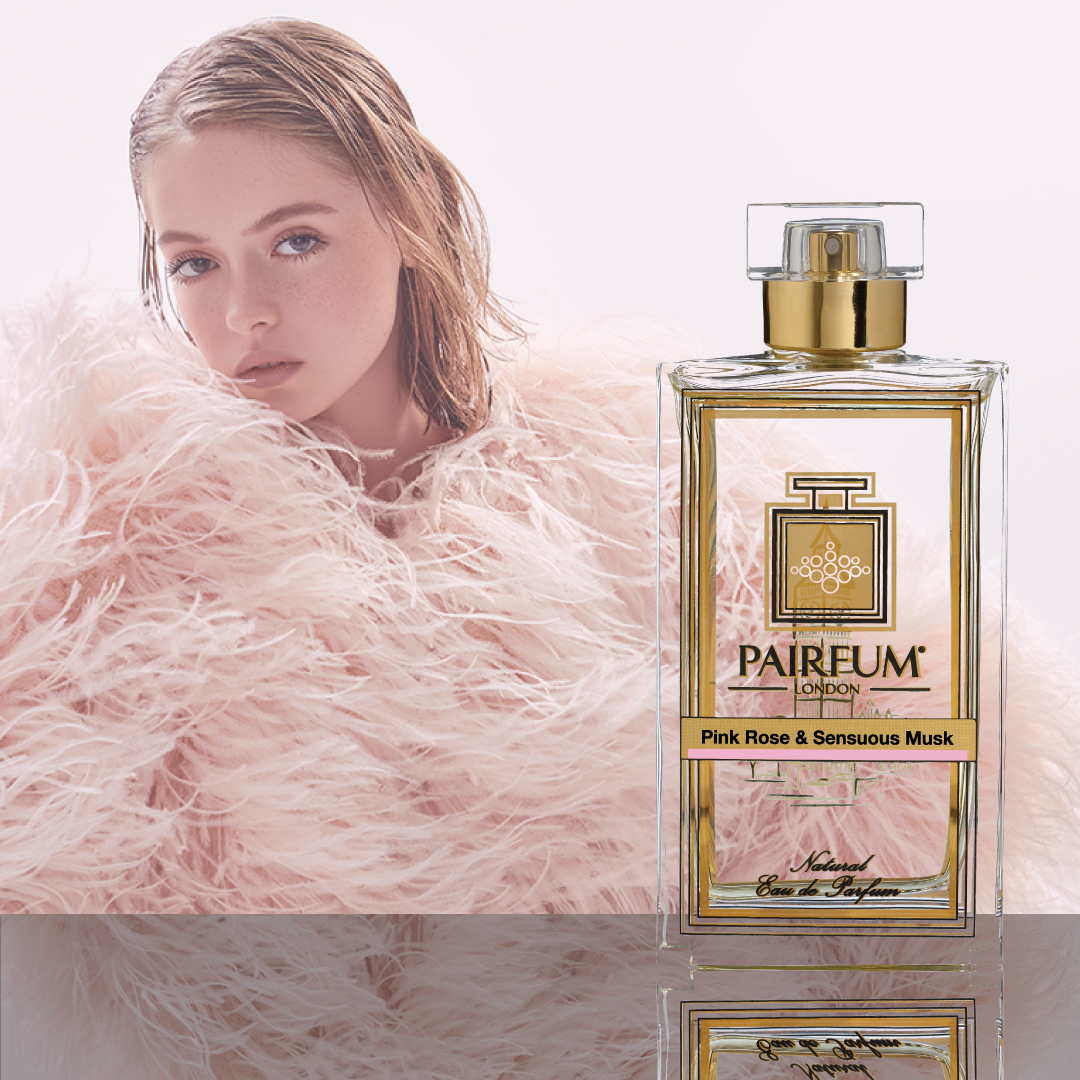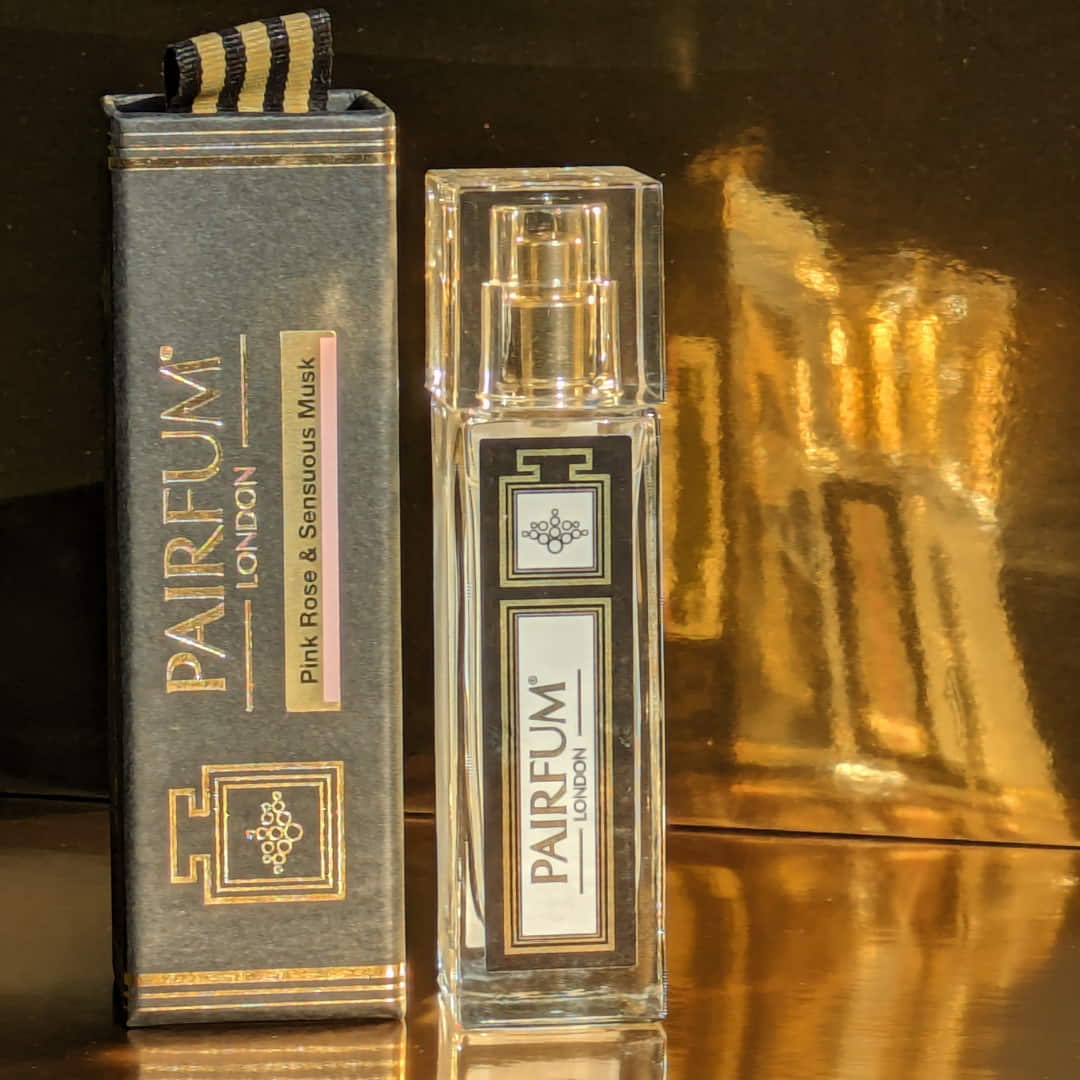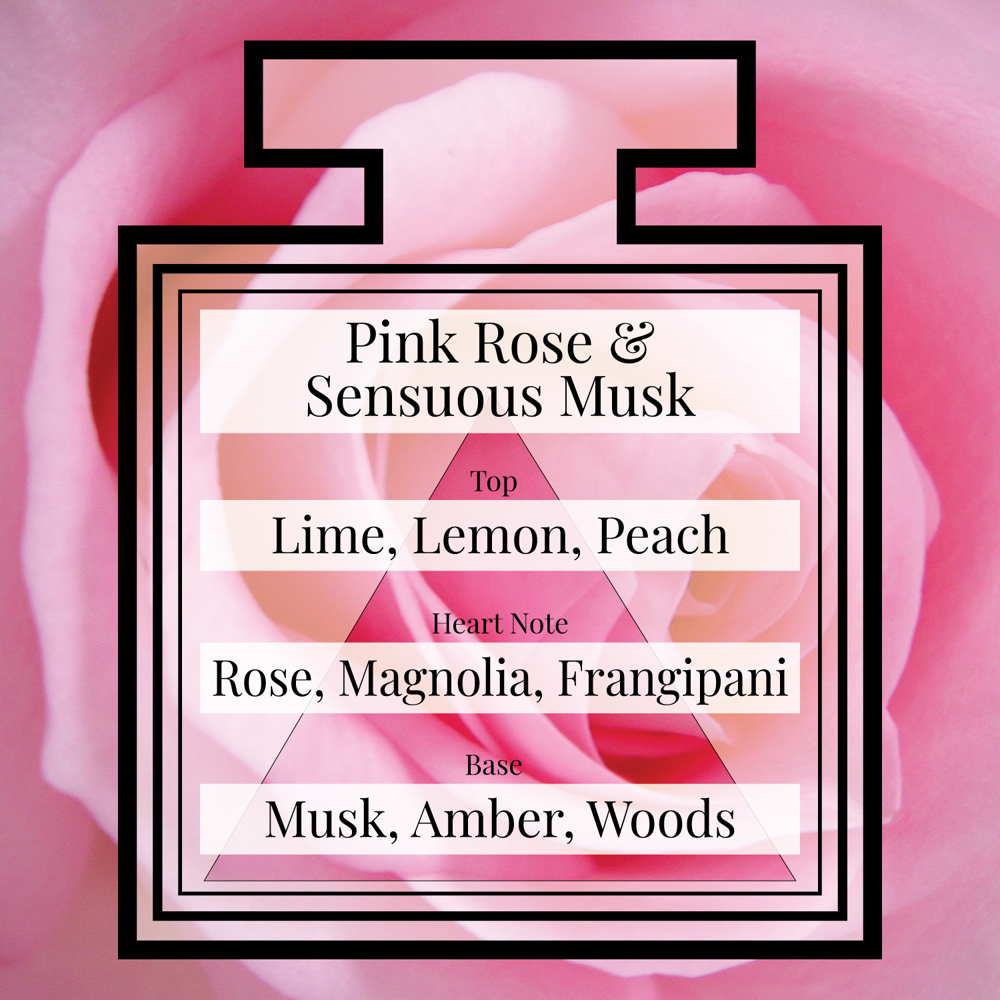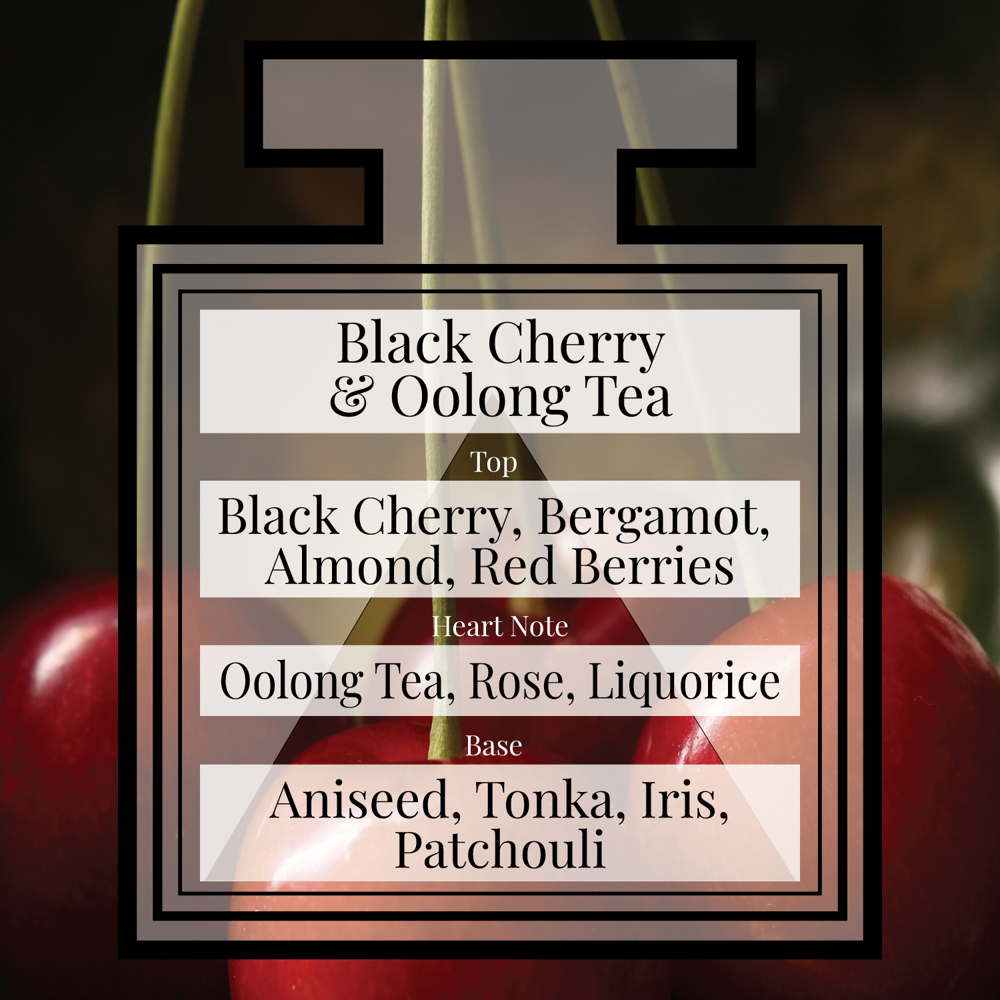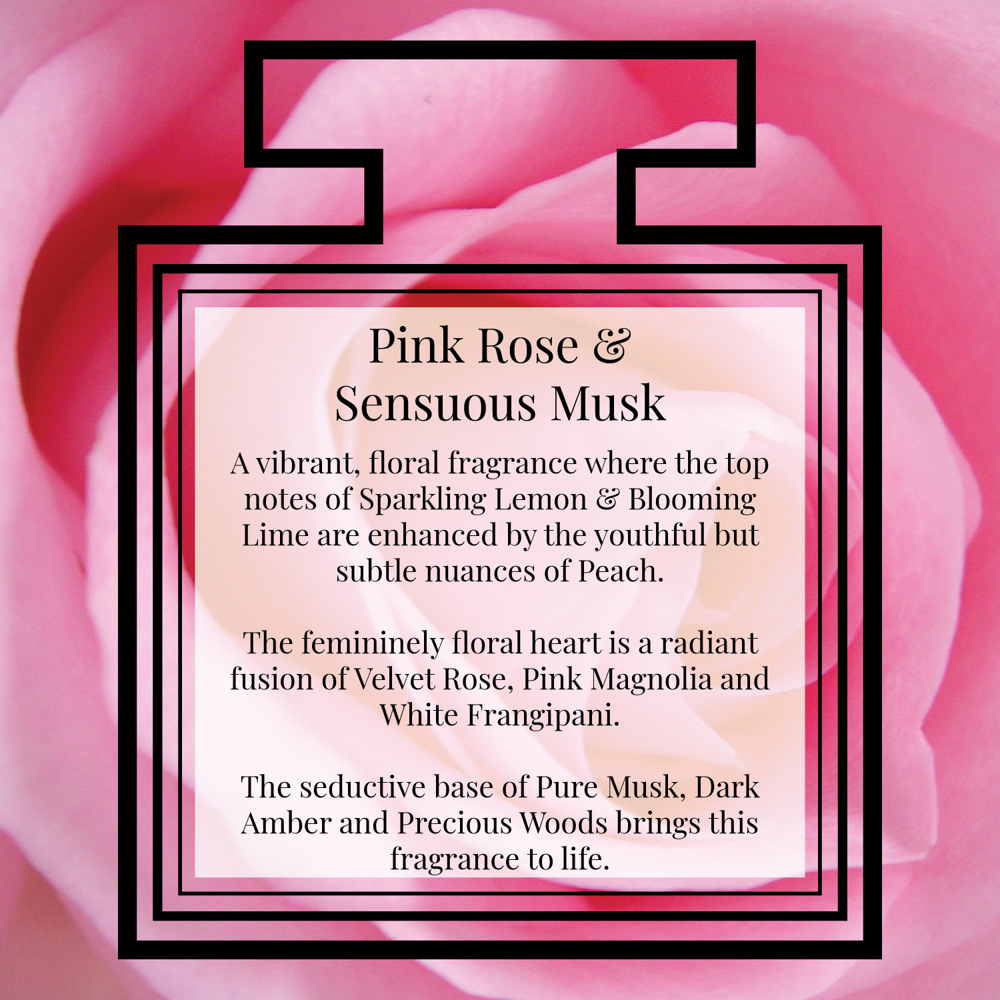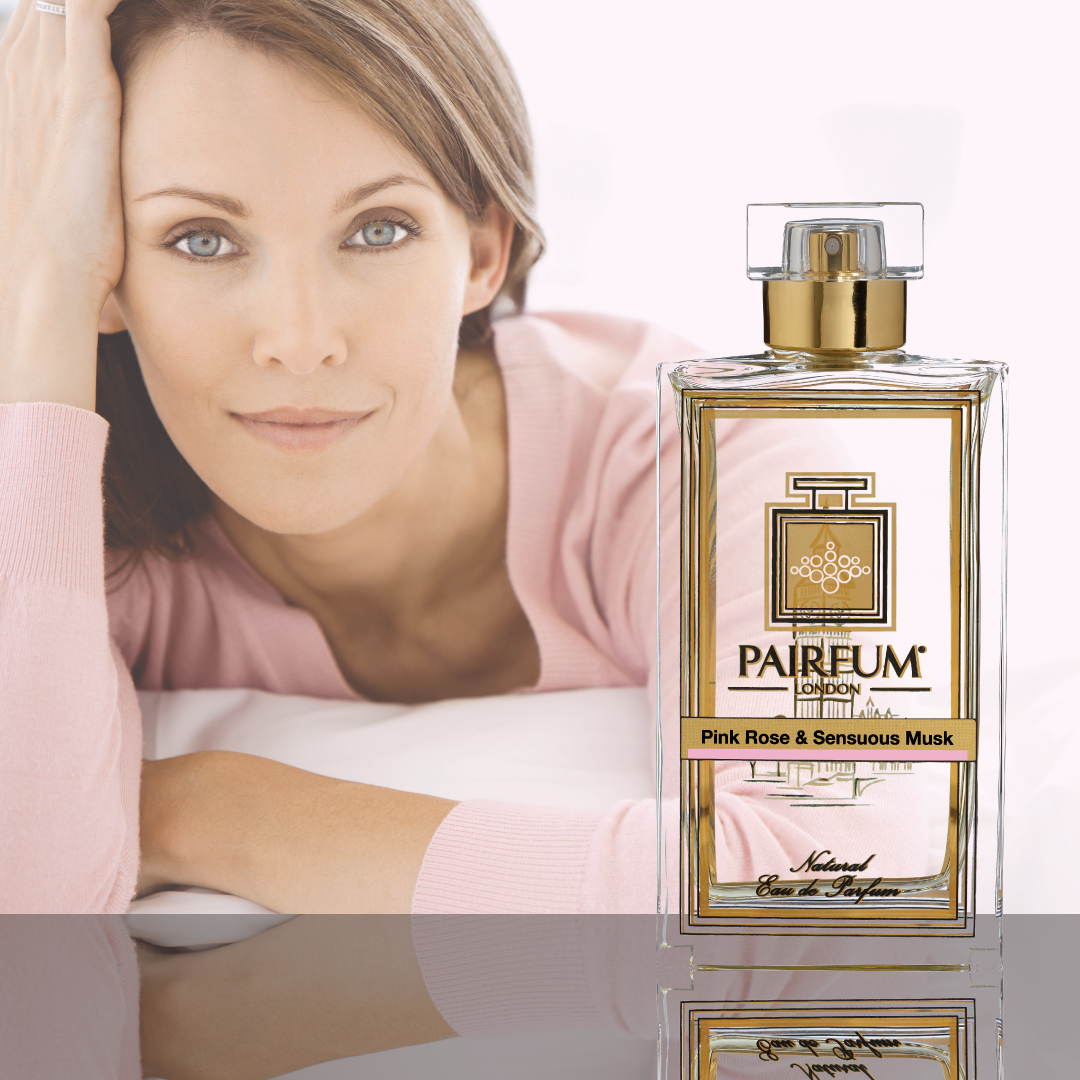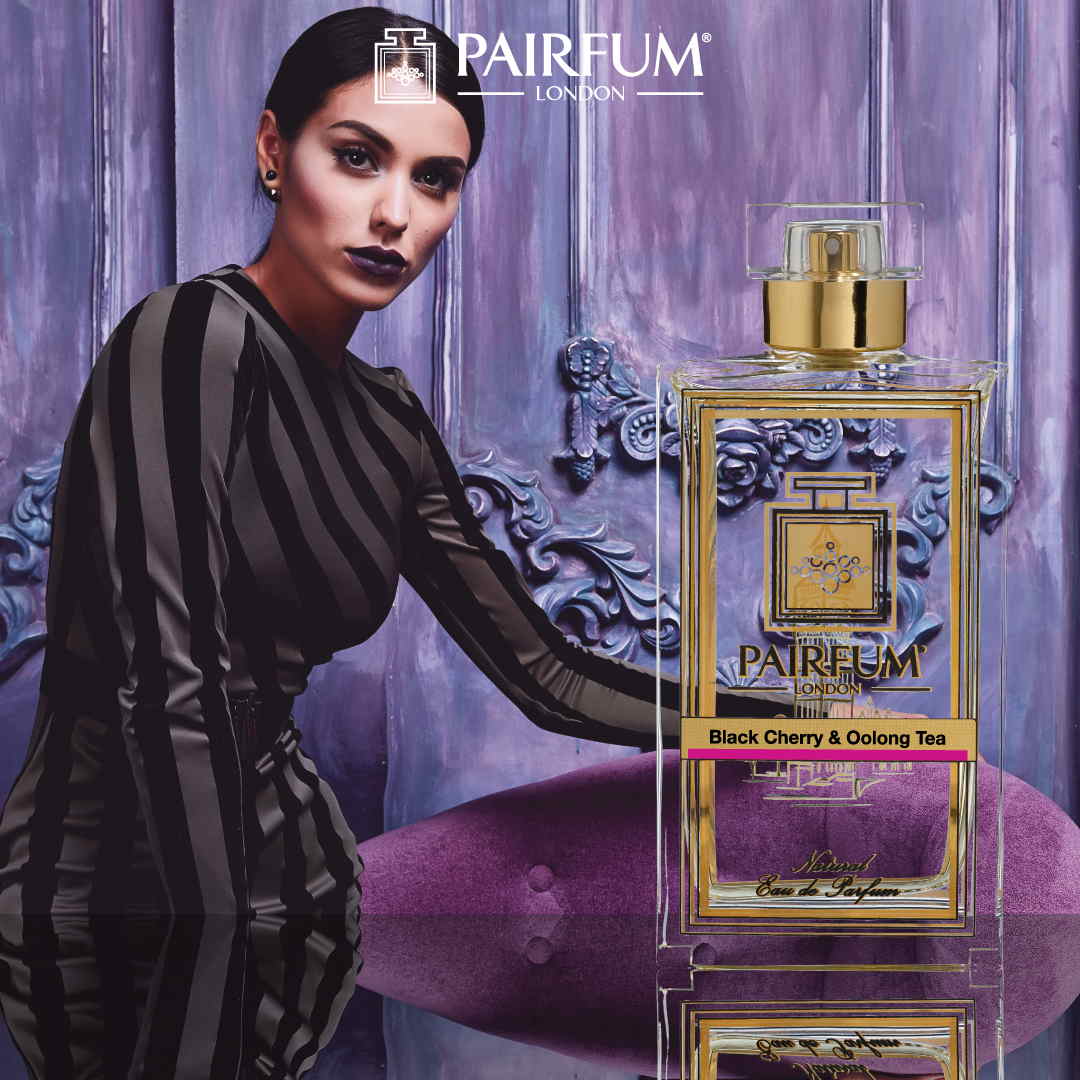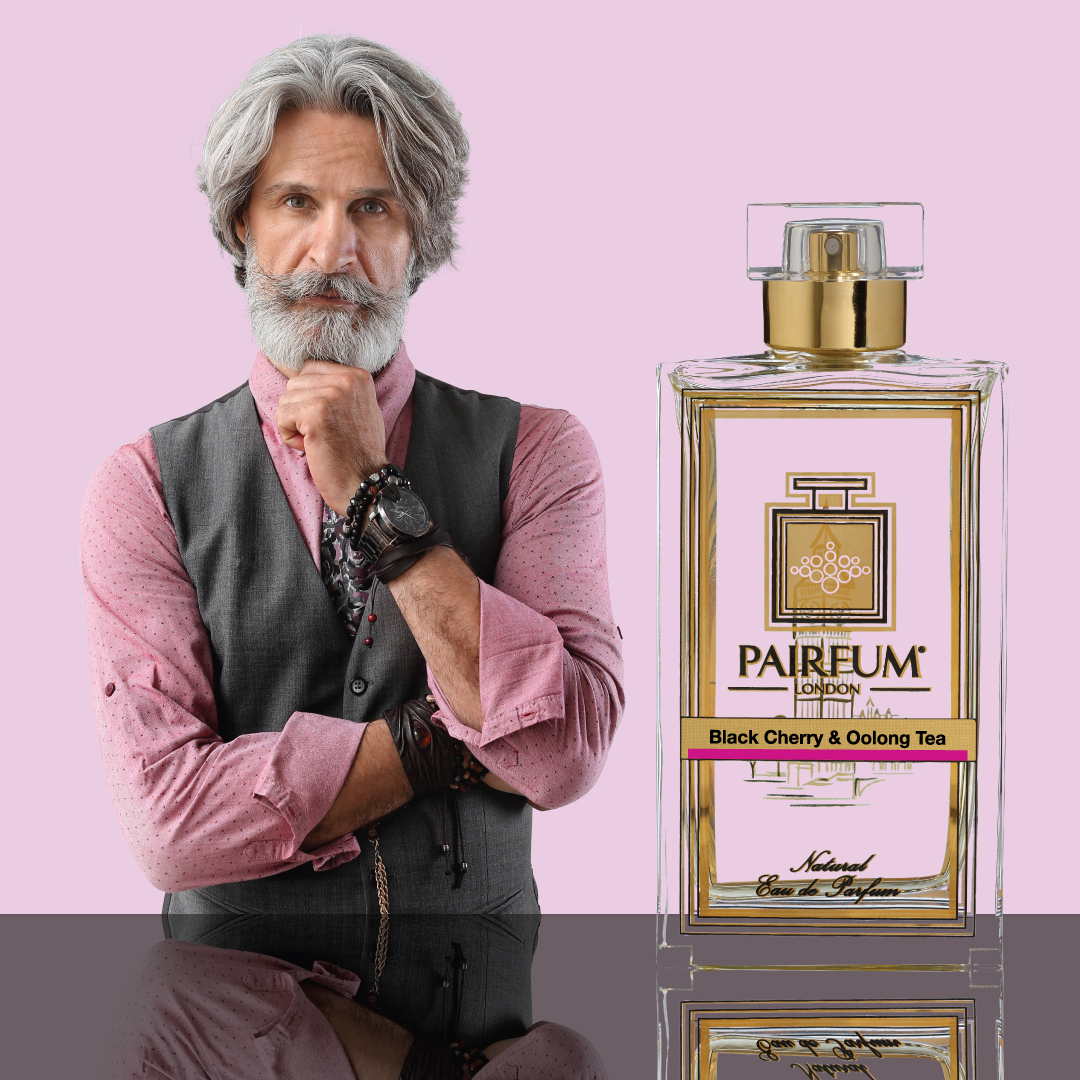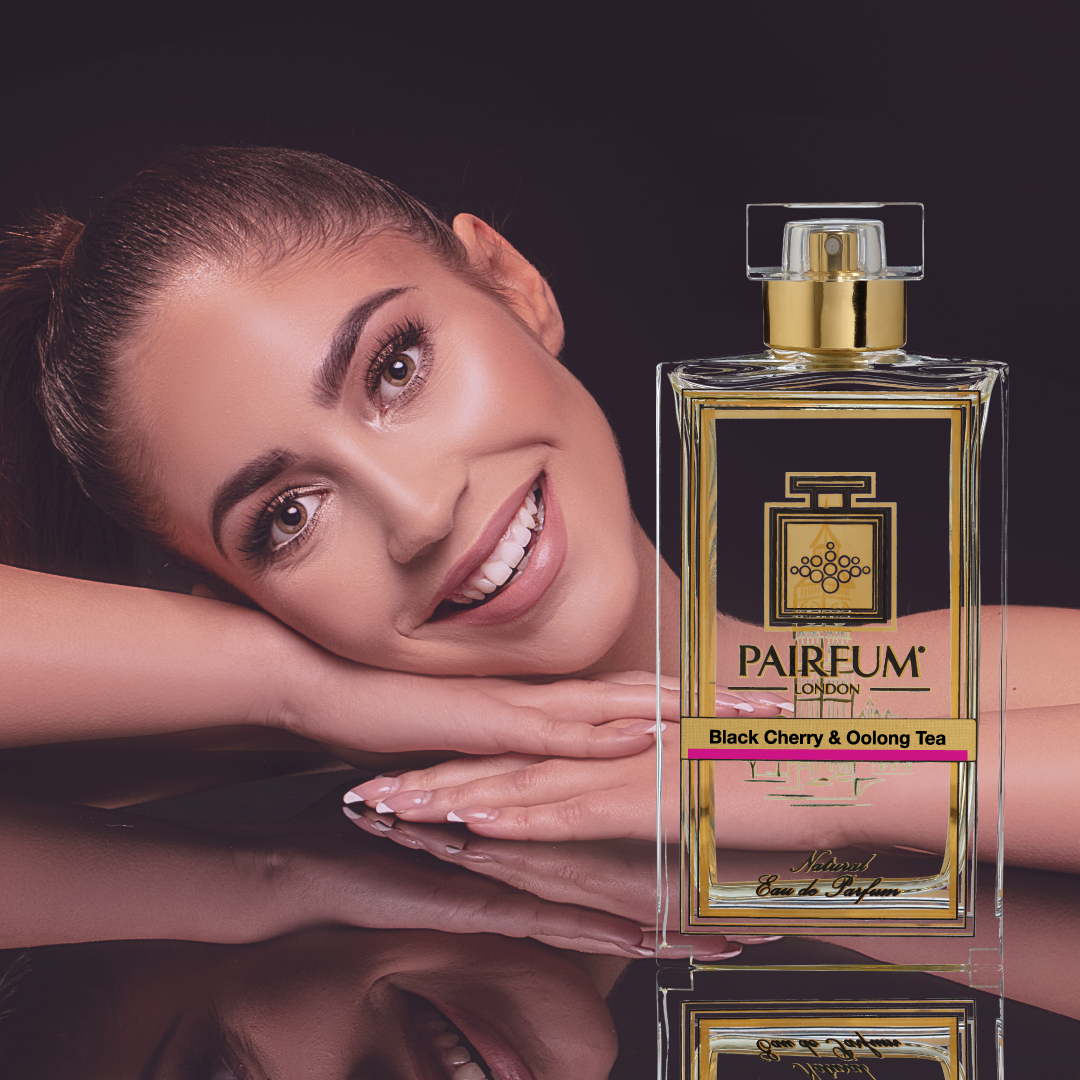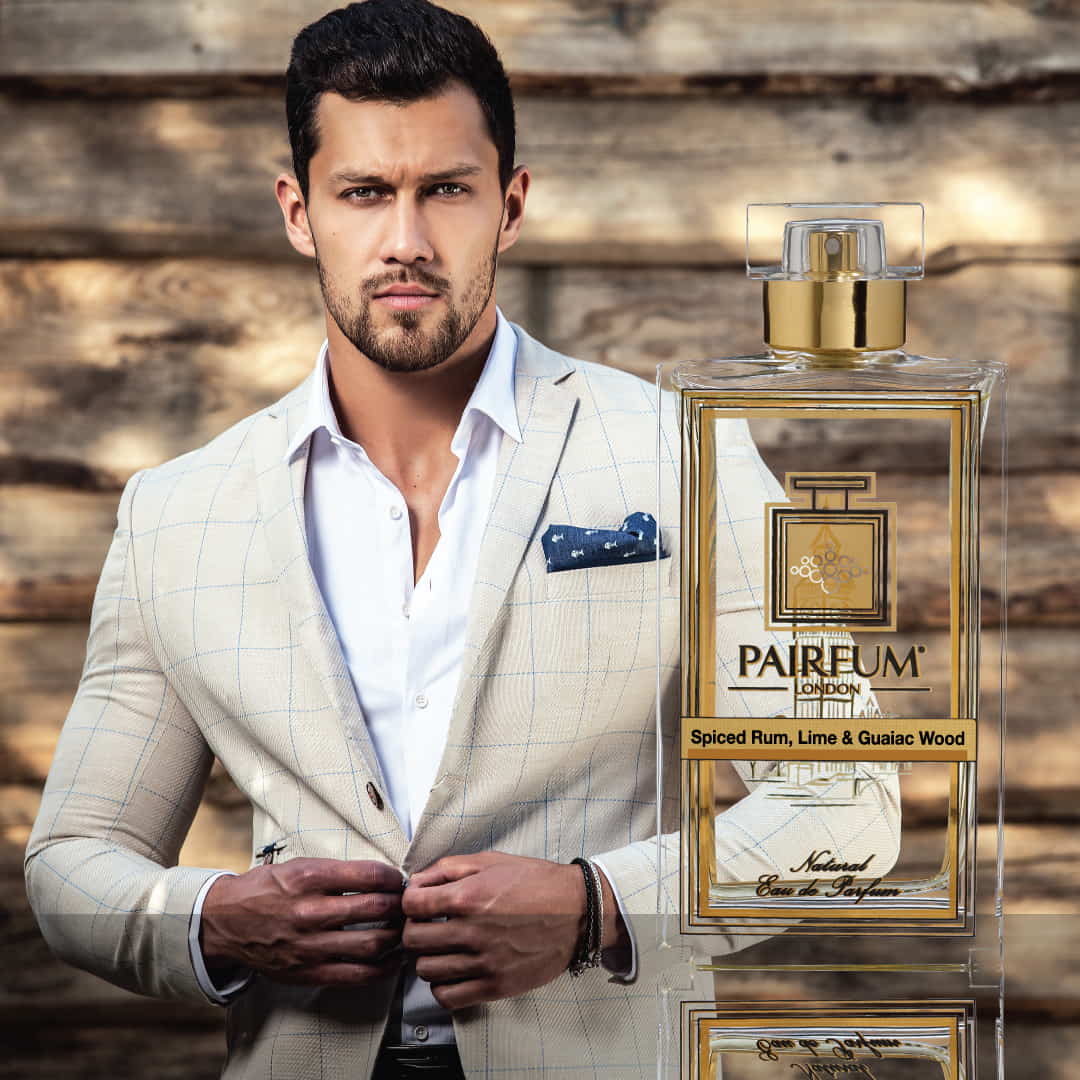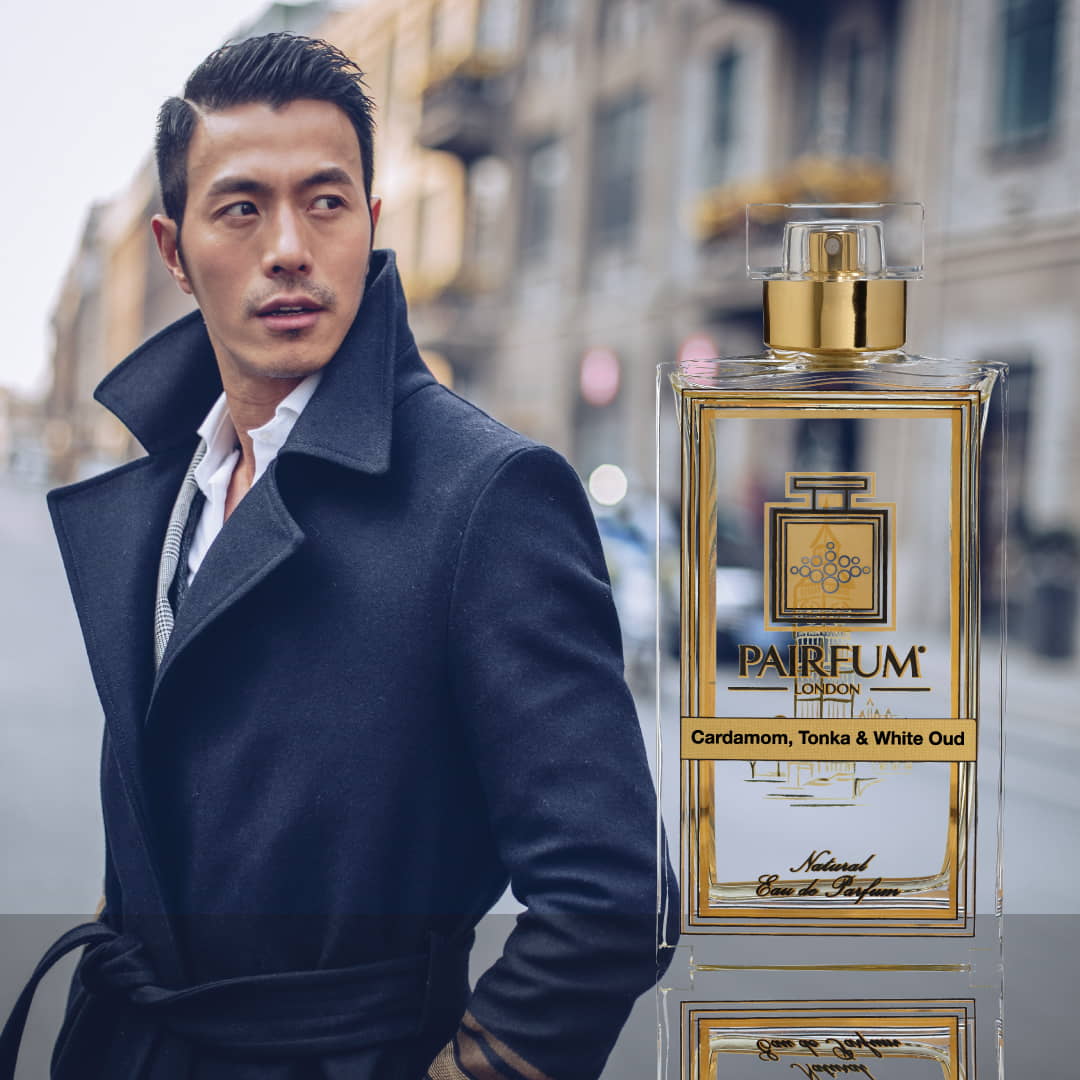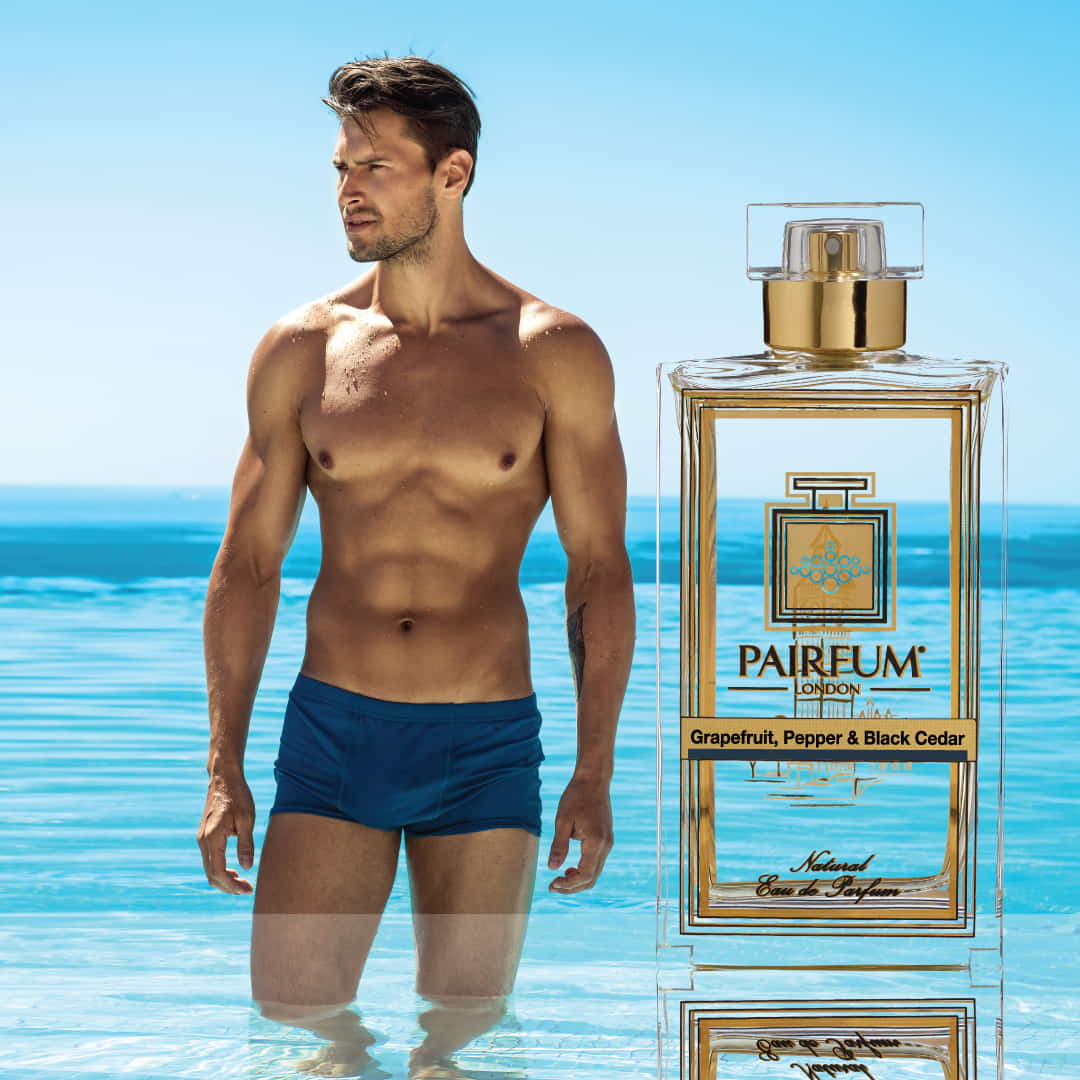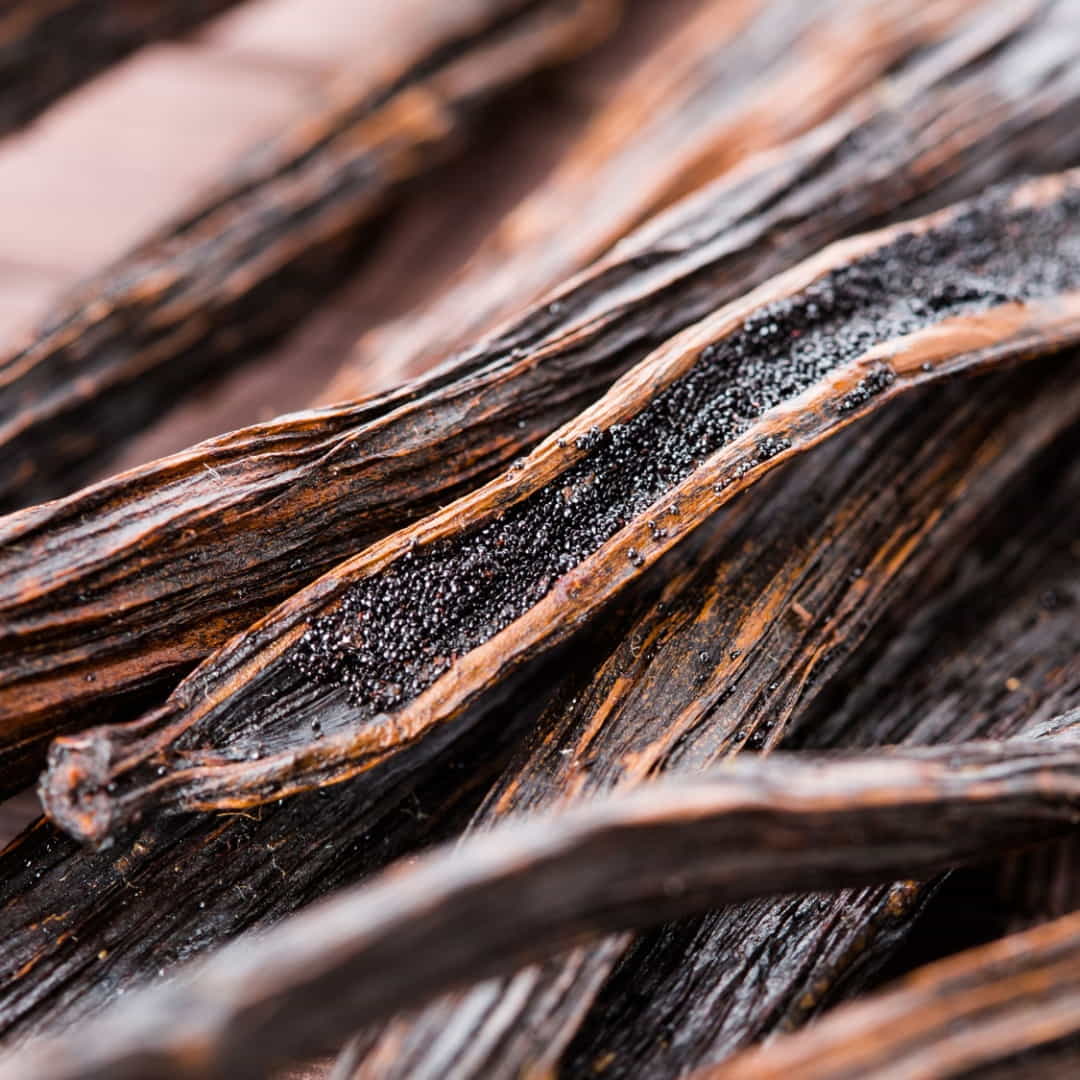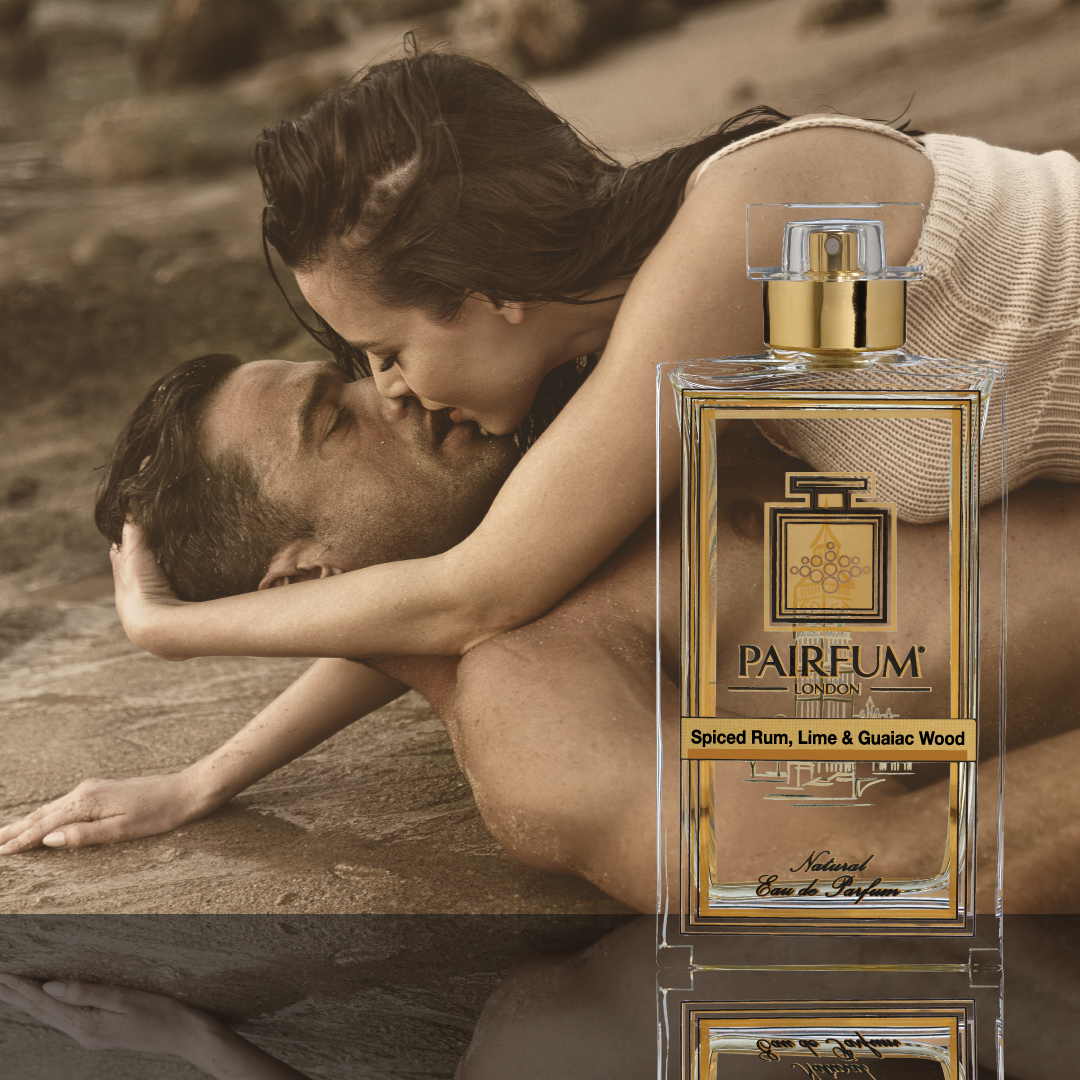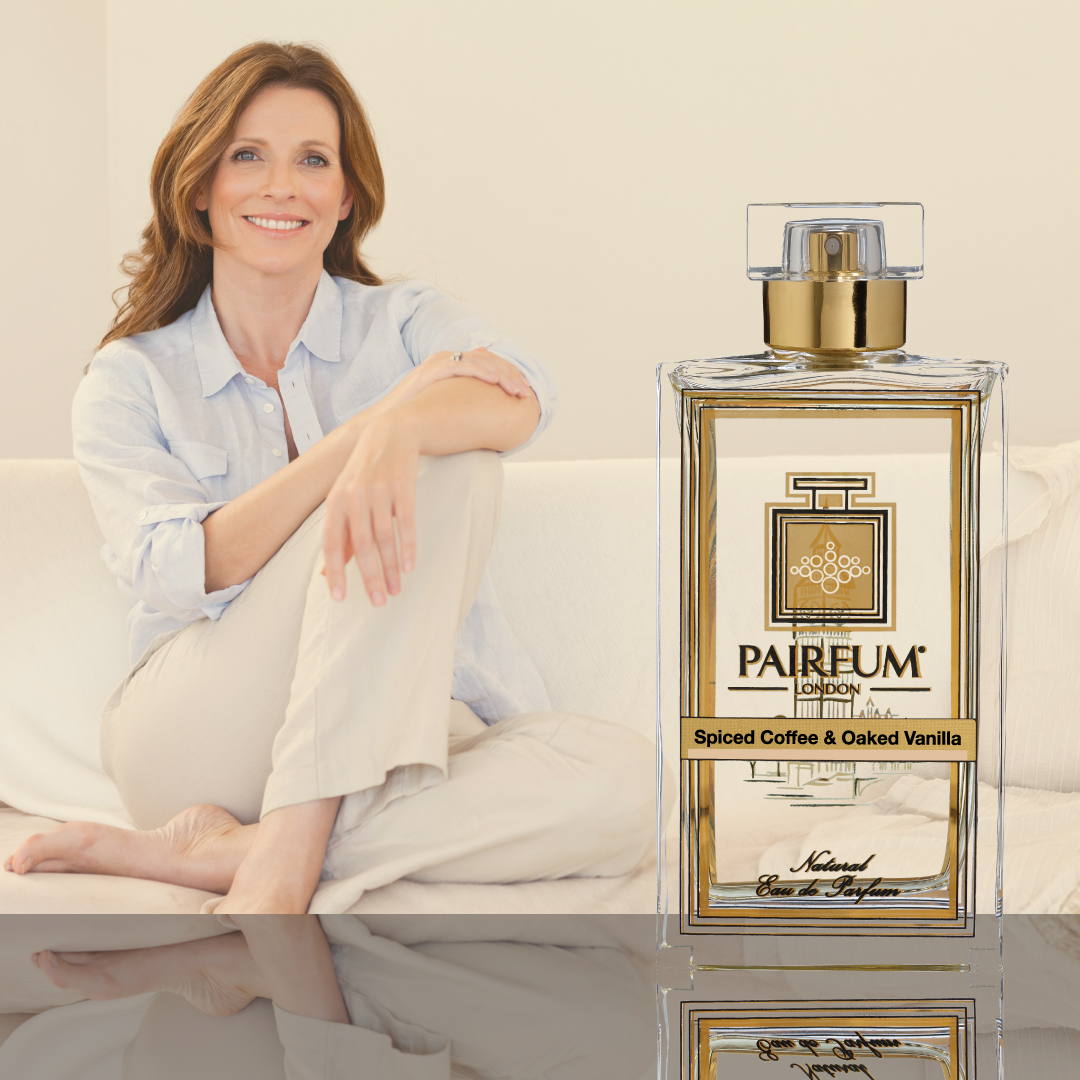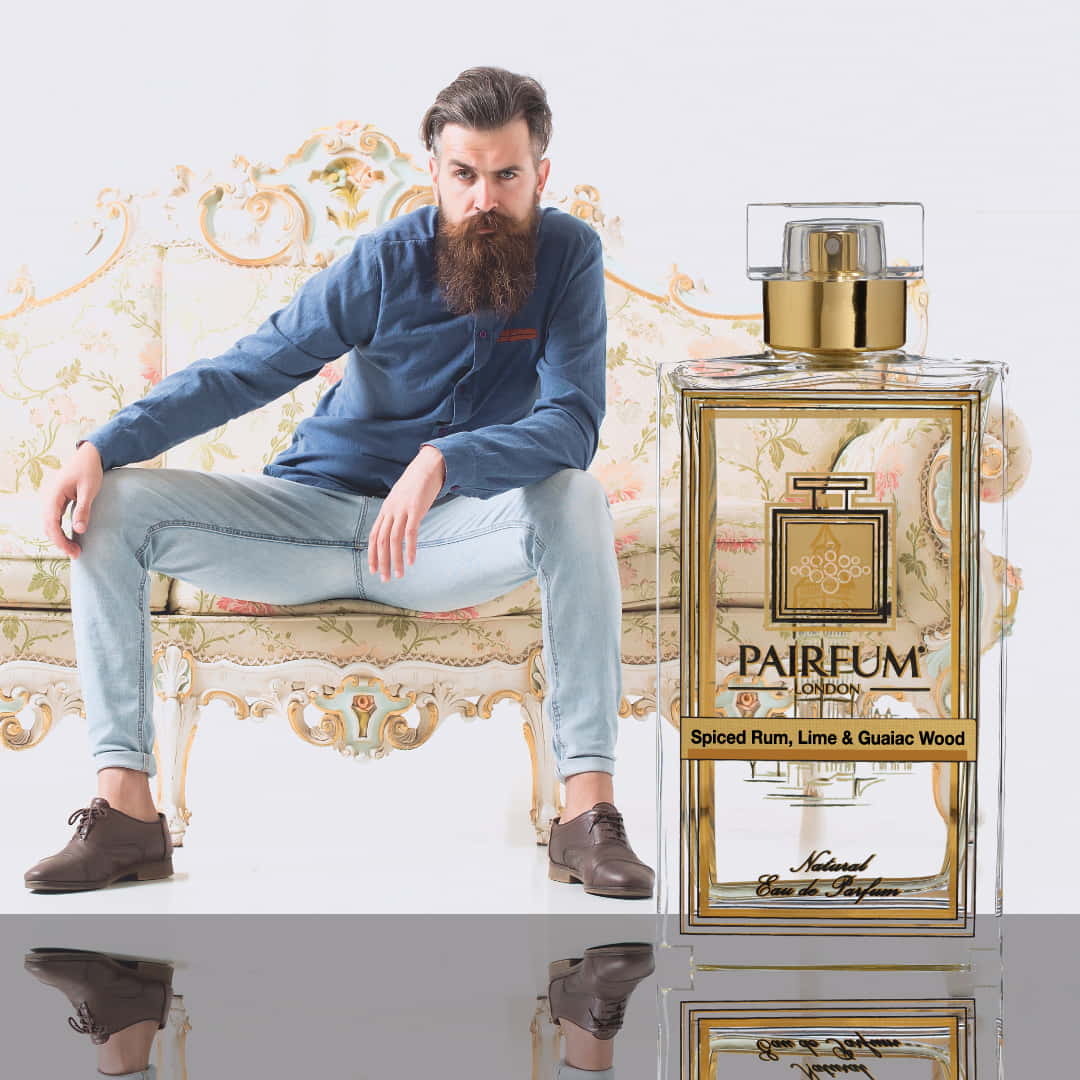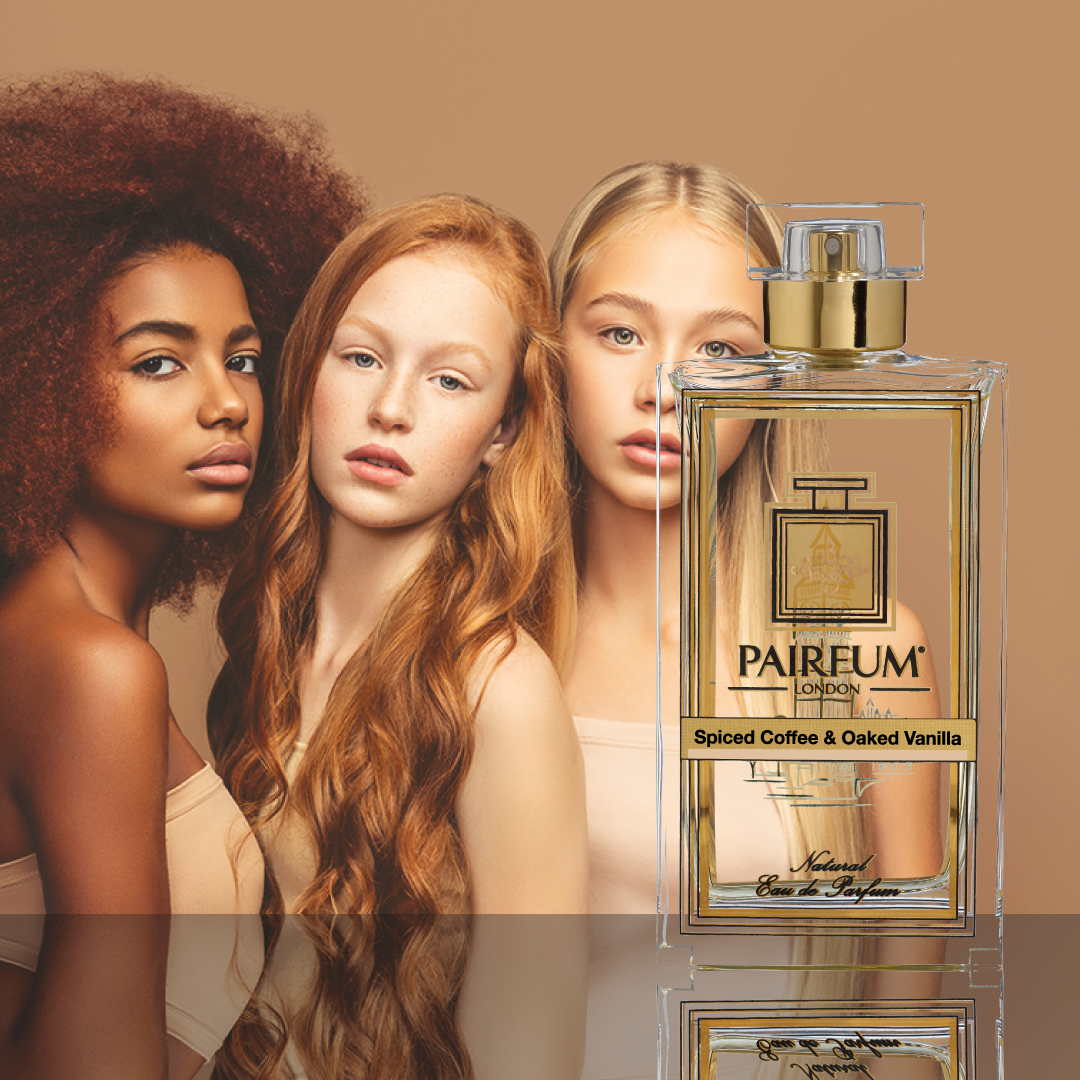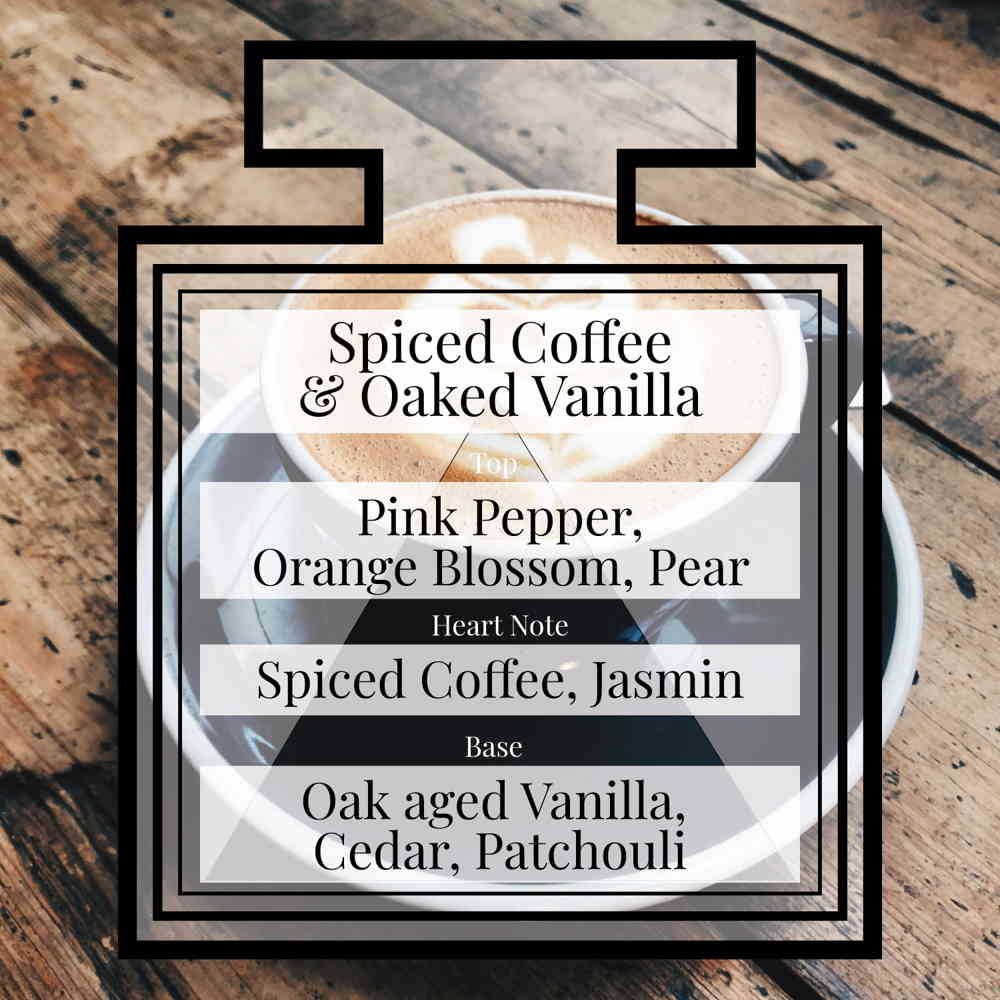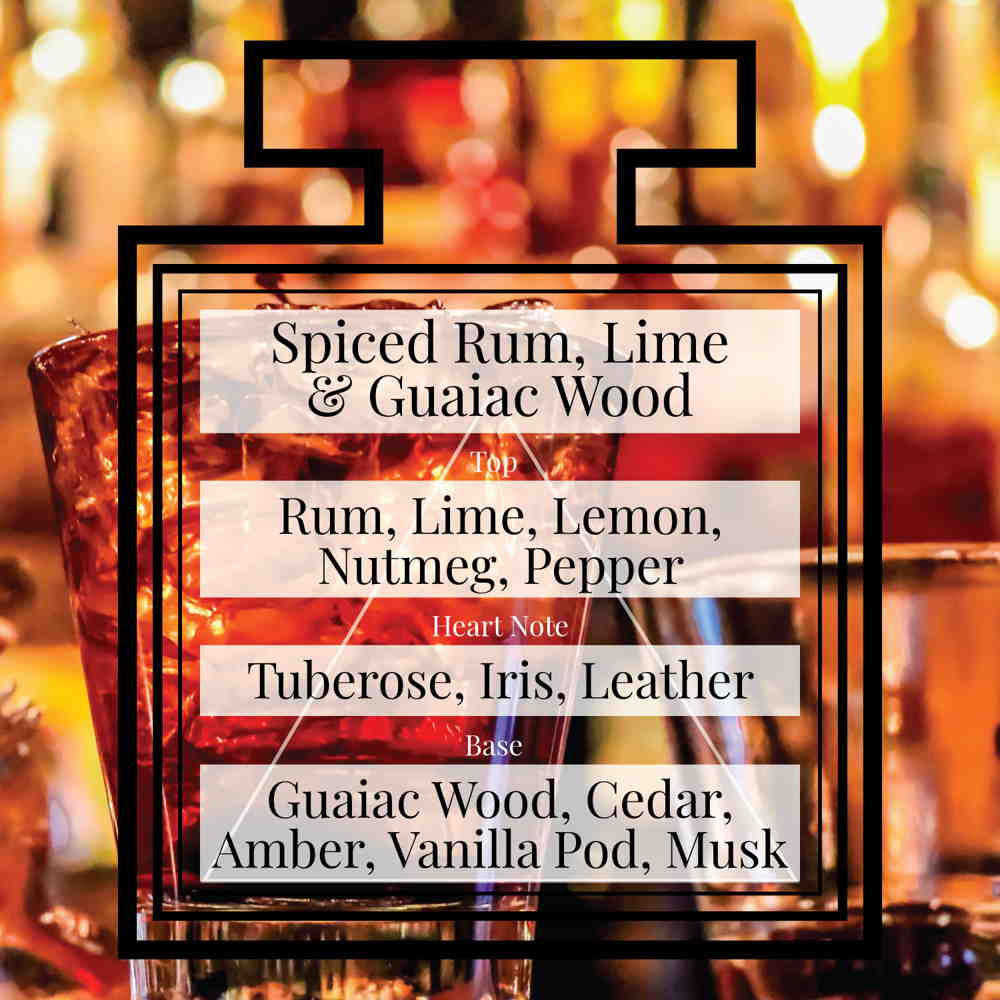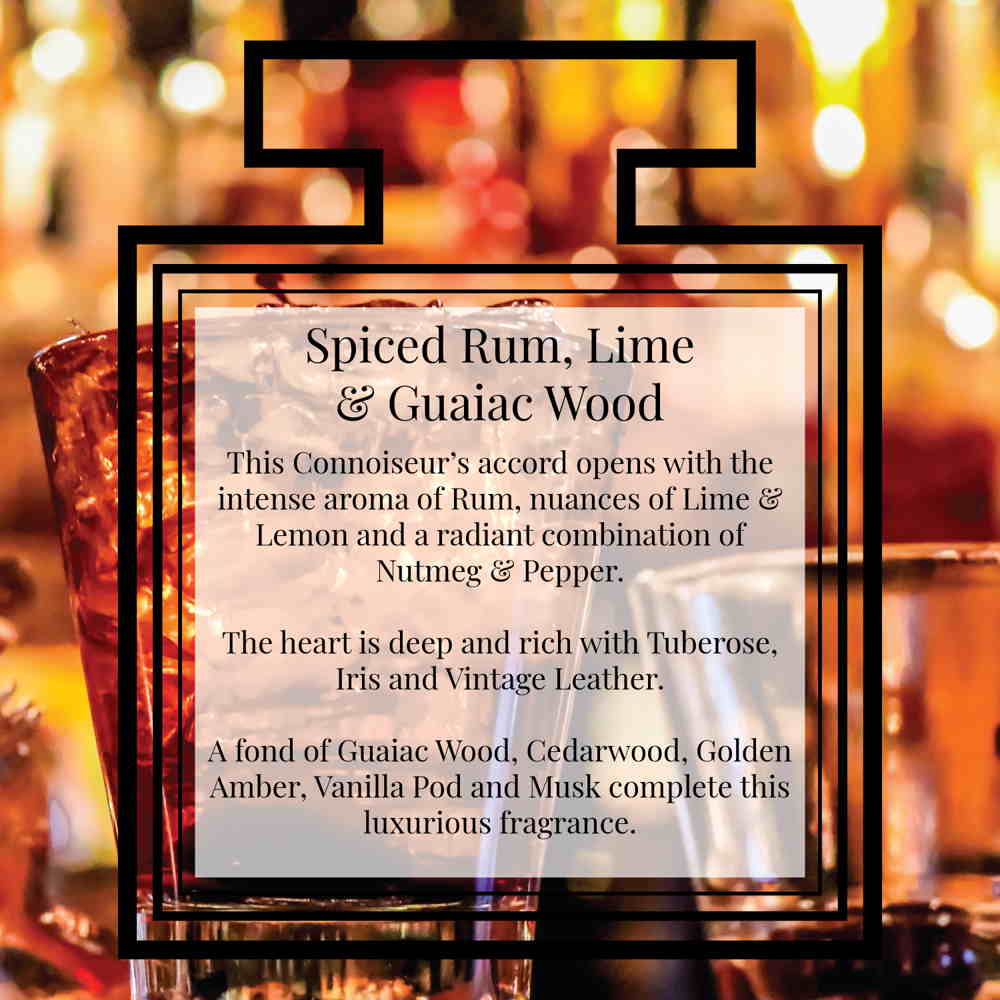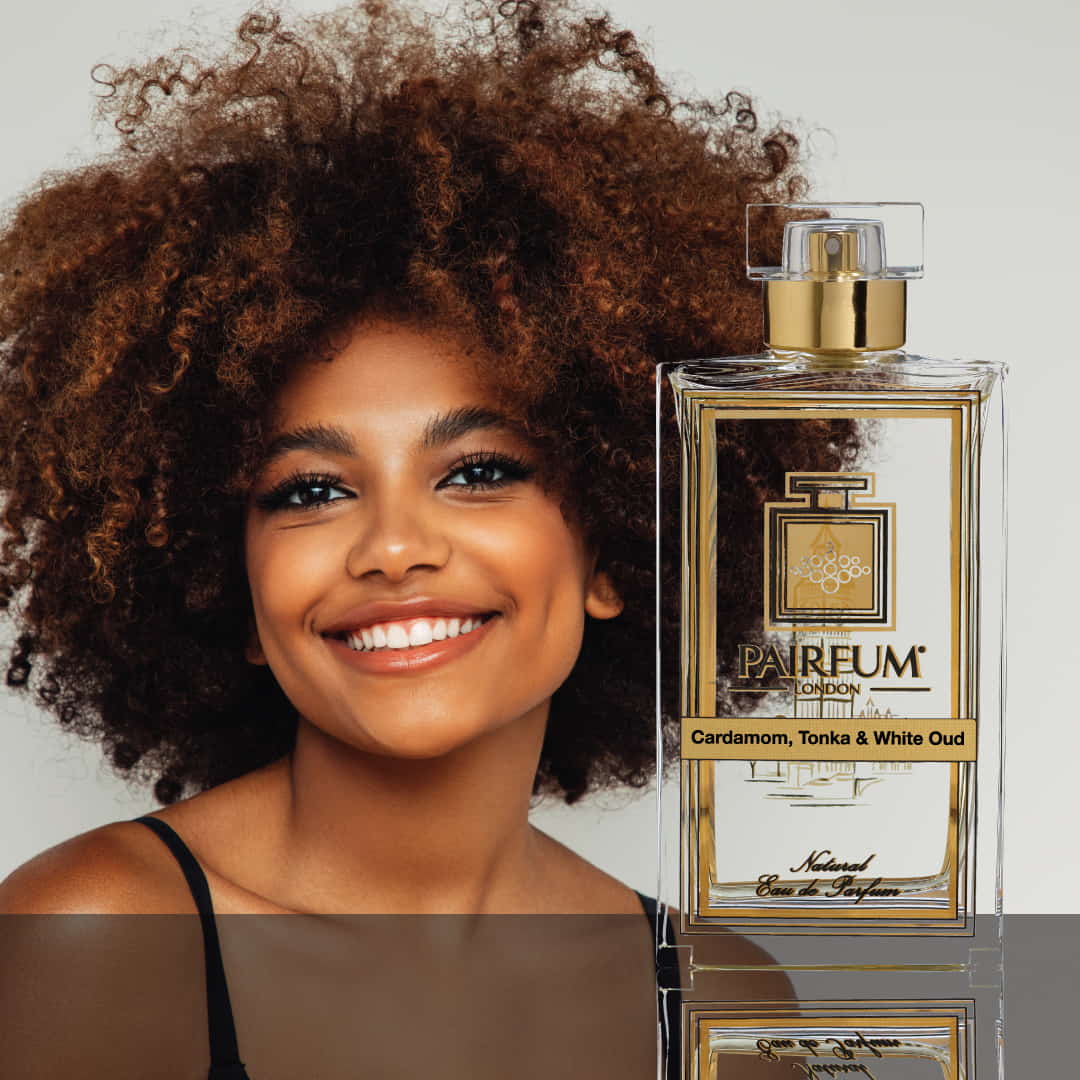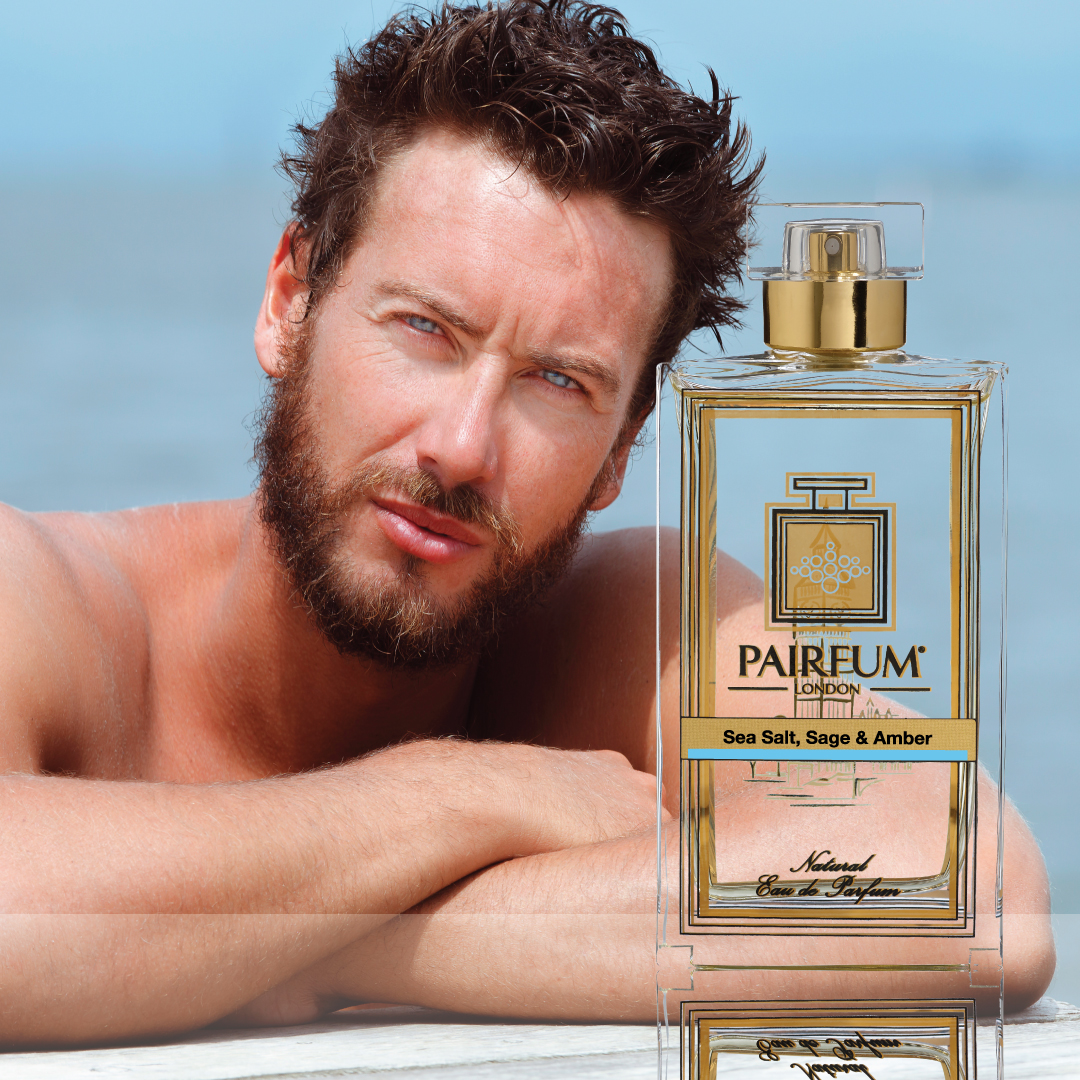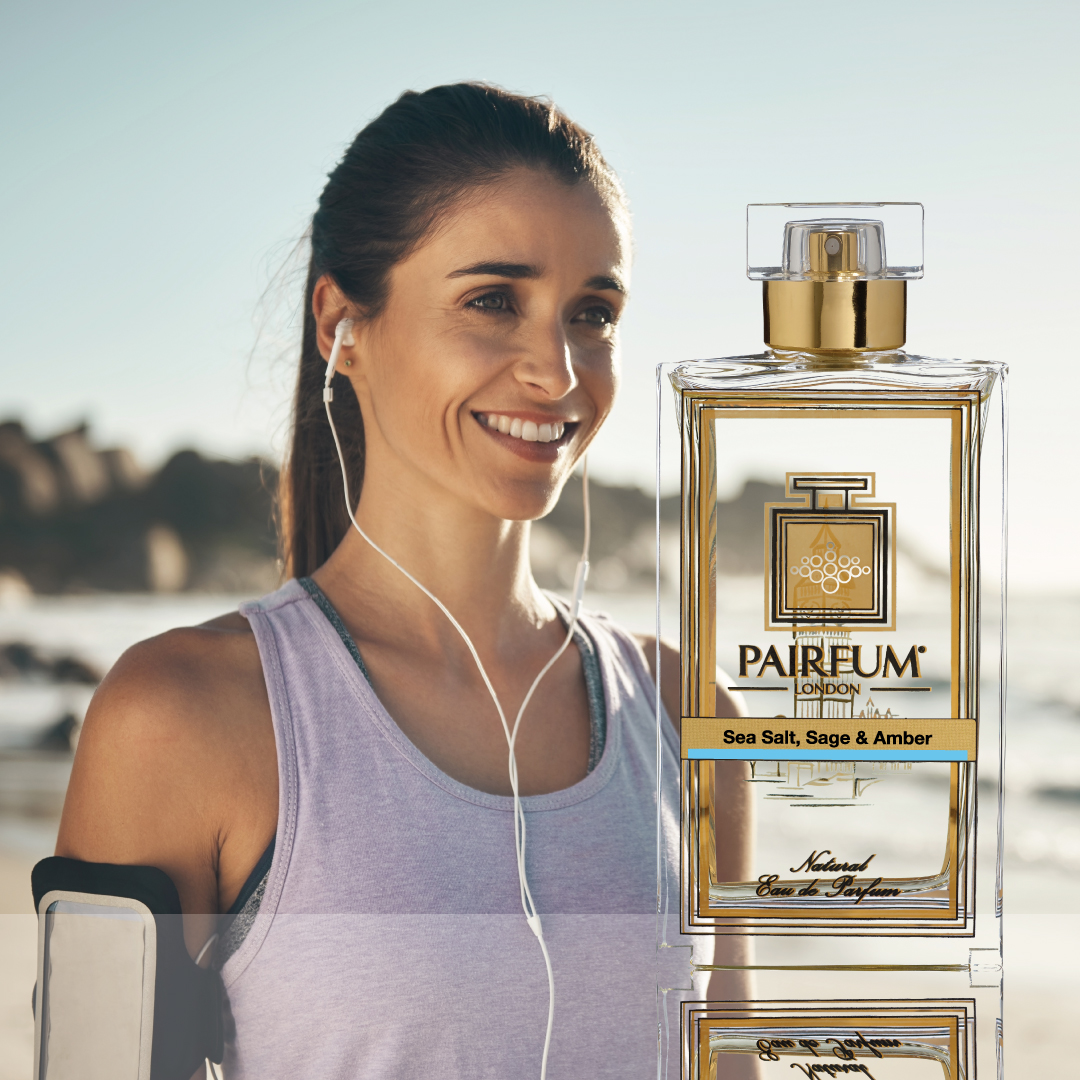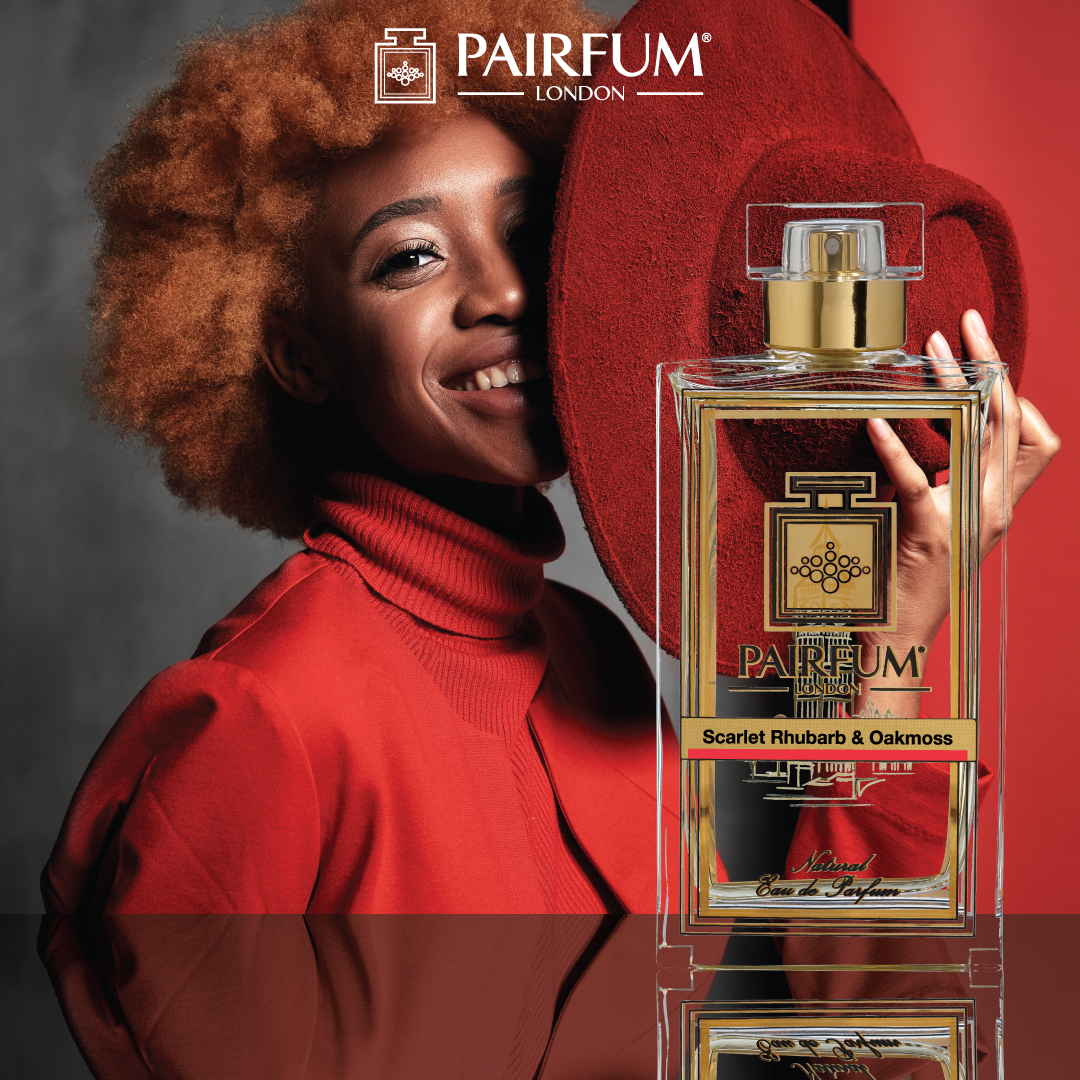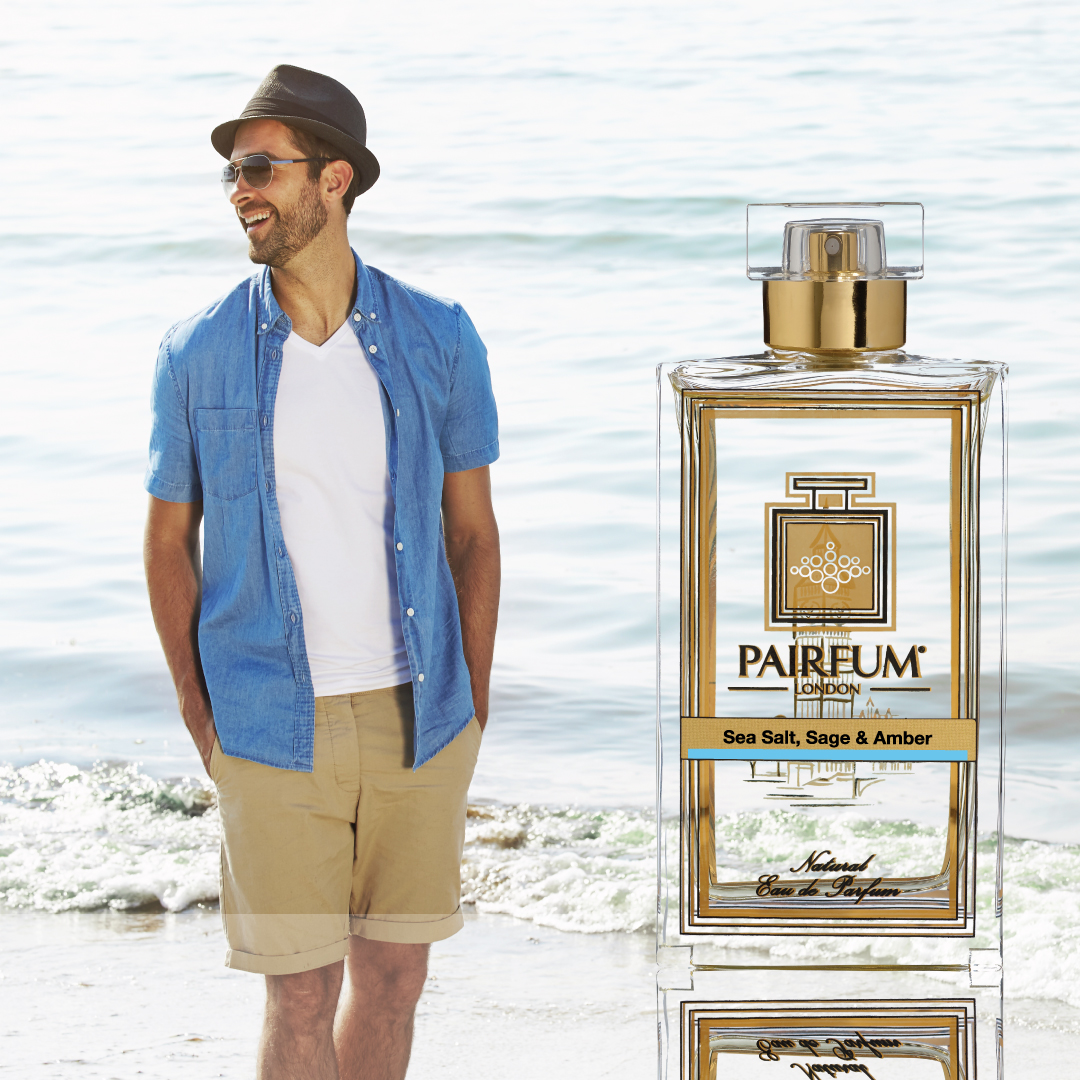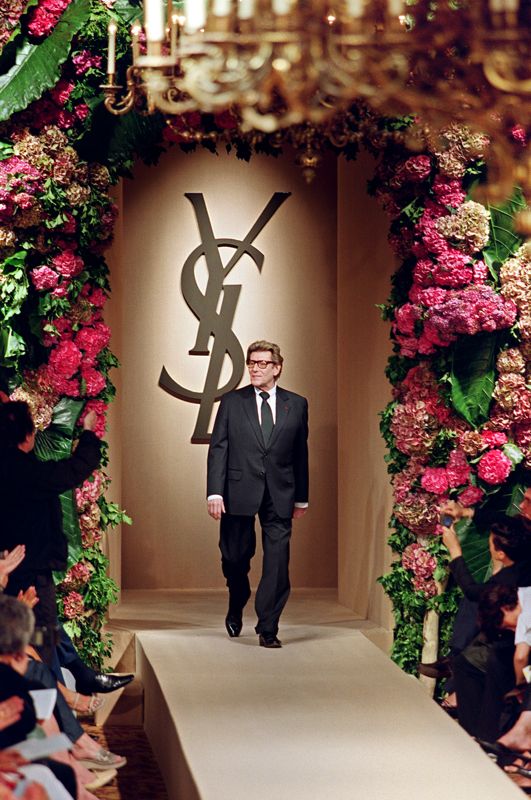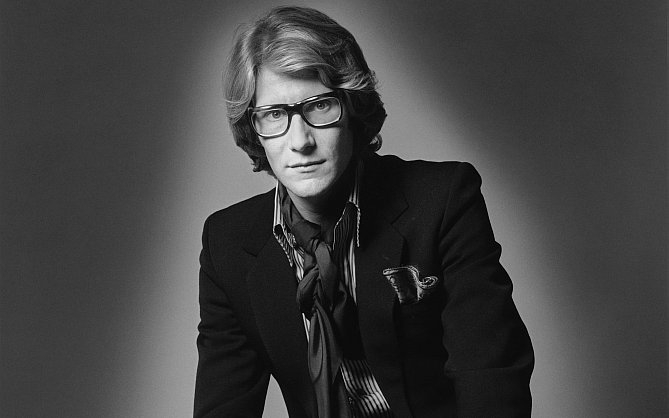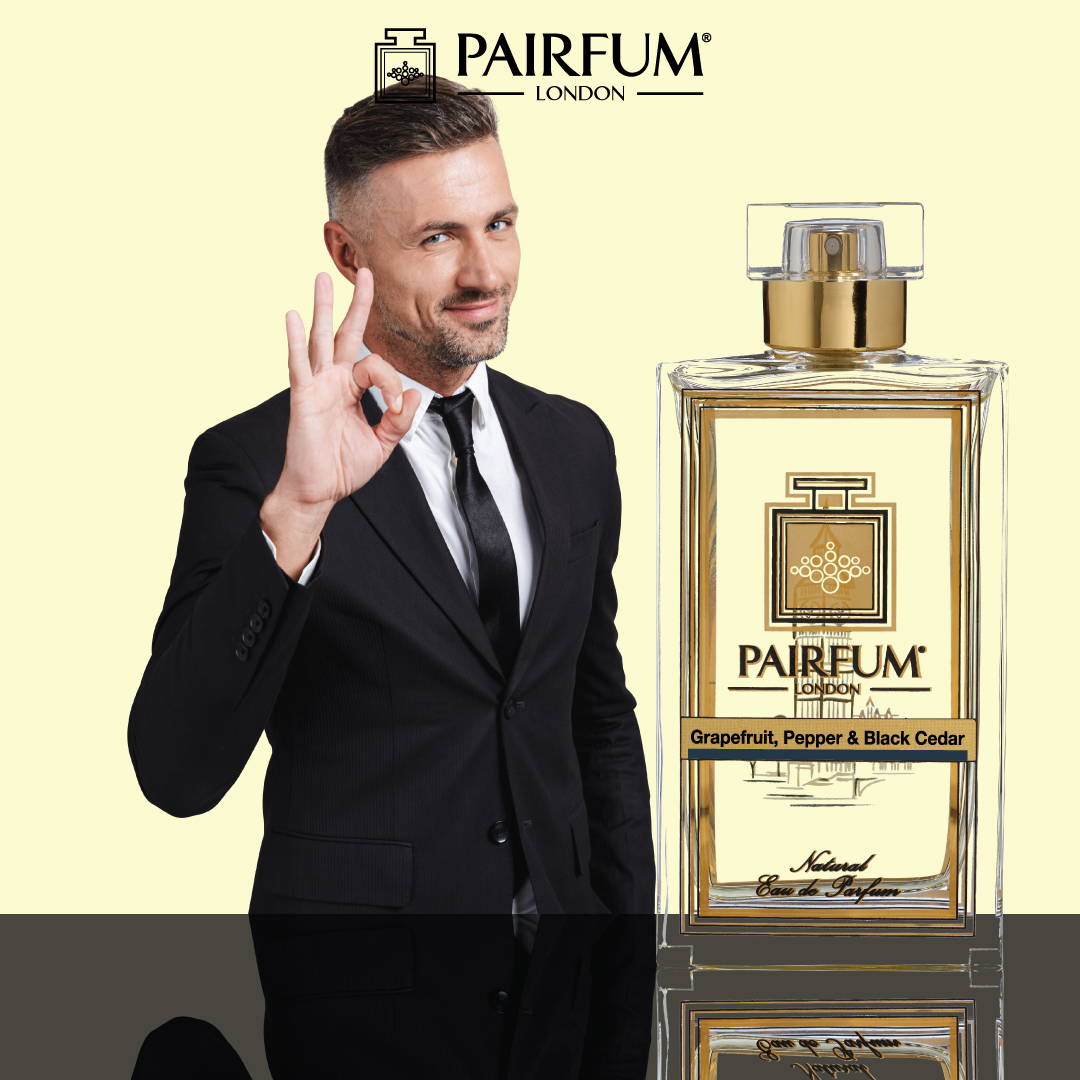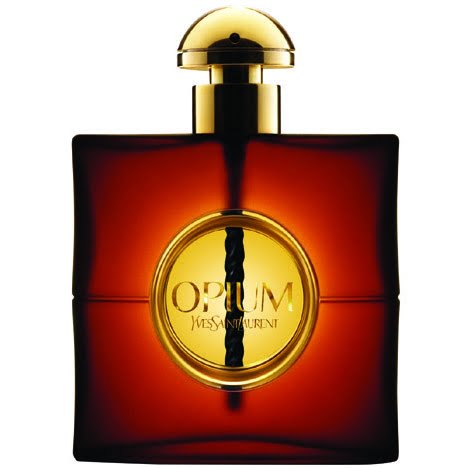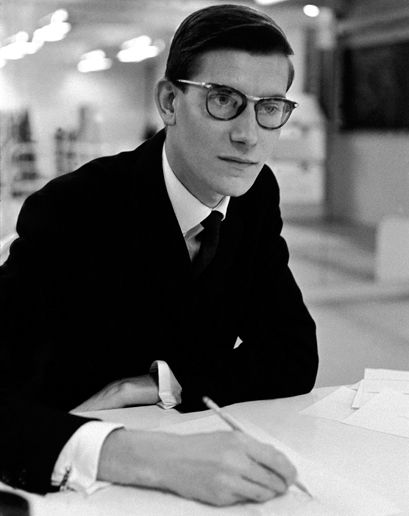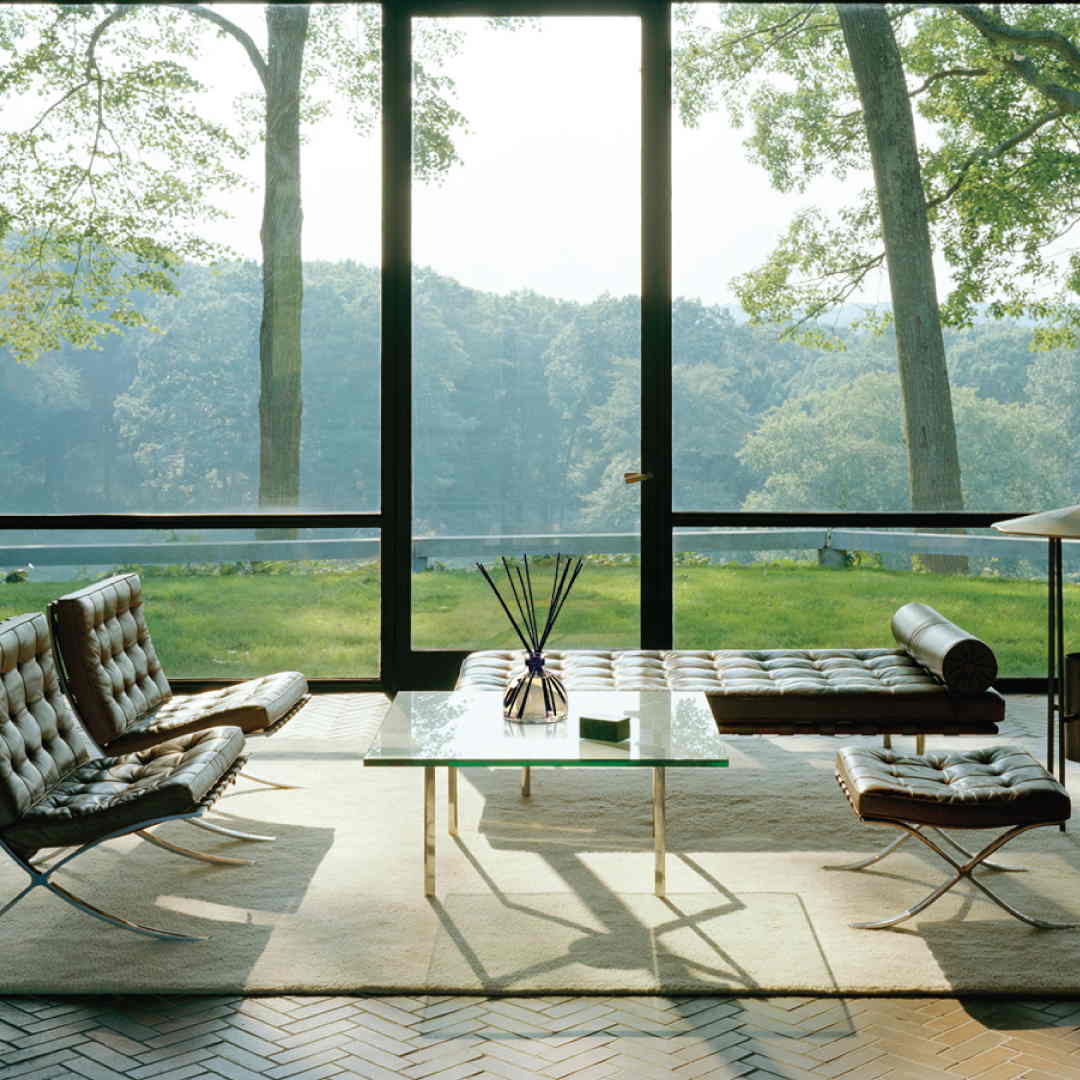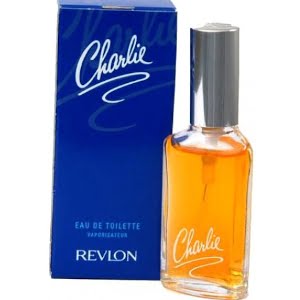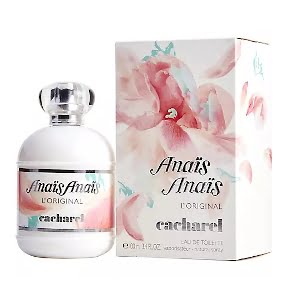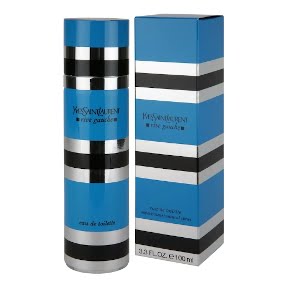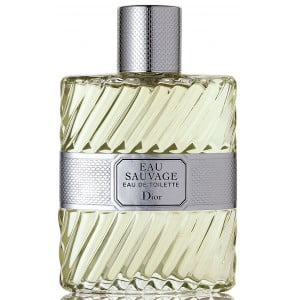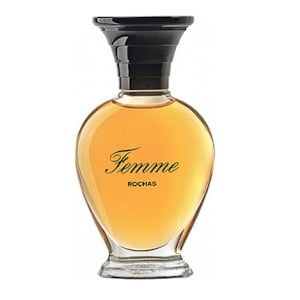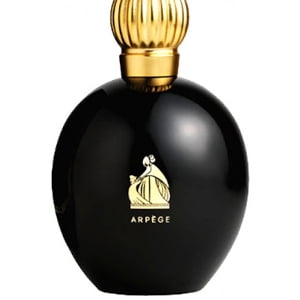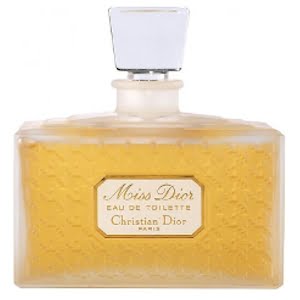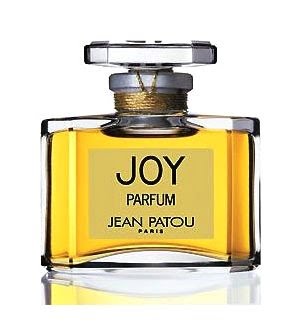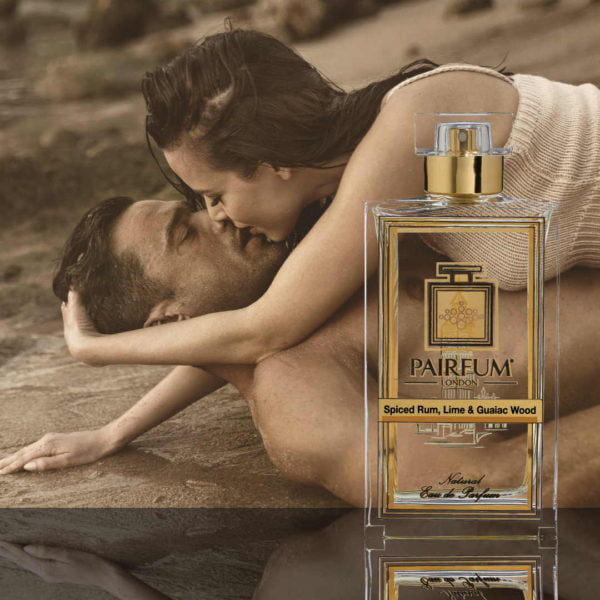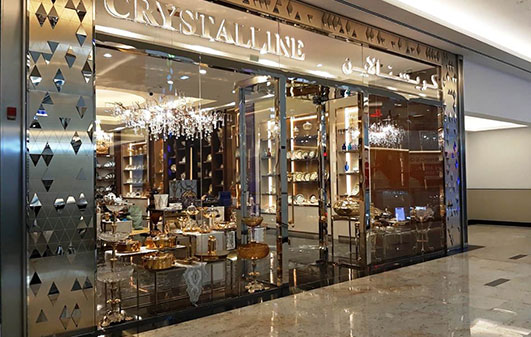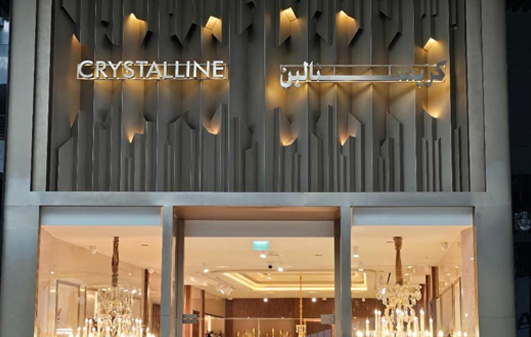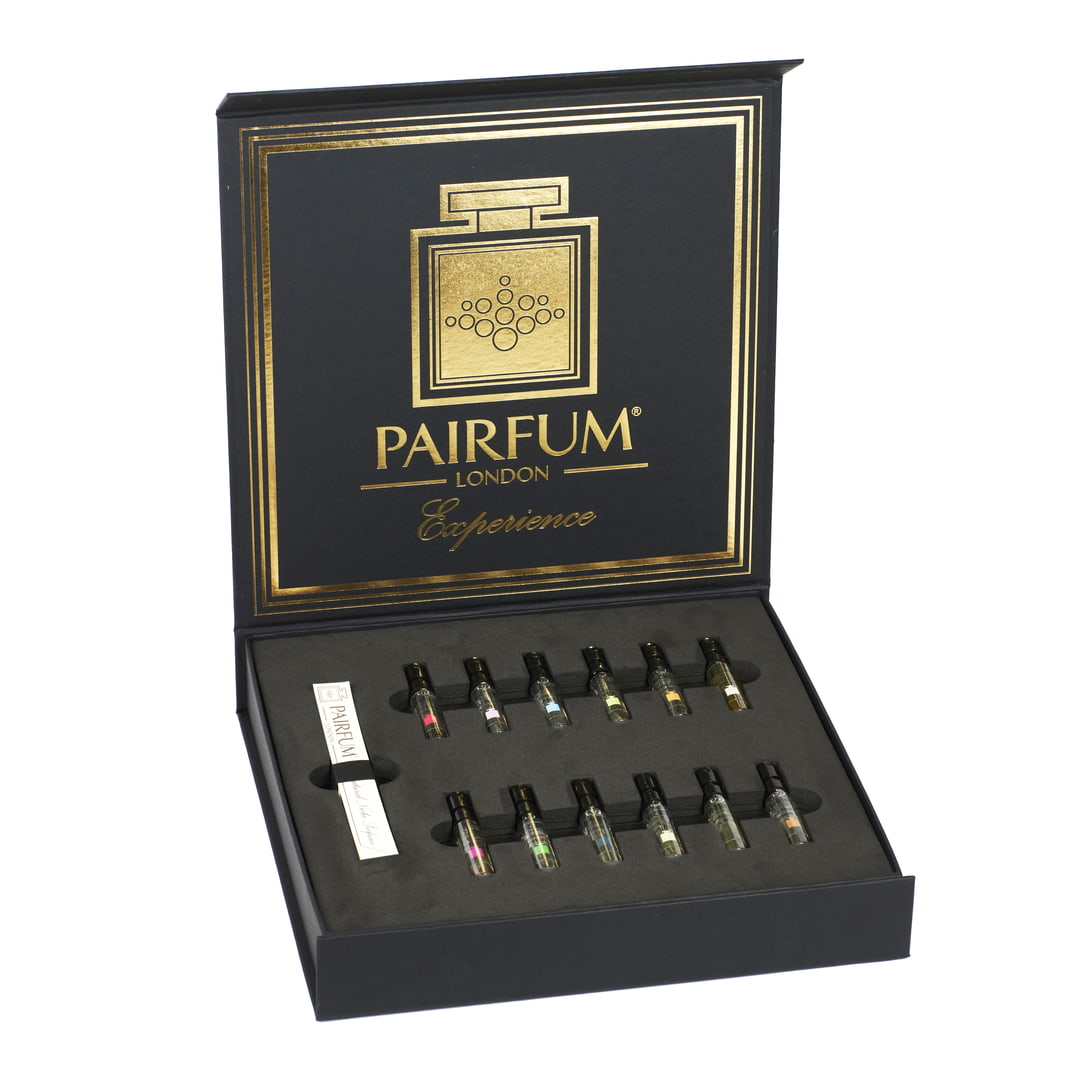Embarking on the exploration of extract perfume unveils a realm of extraordinary sensory experience that transcends the boundaries of typical fragrances. It is the art of capturing the purest and most potent essence of a scent, unadulterated by dilution or dispersion, in a composition that showcases the true heart of its olfactory beauty.
At Pairfum London, a boutique perfumery house with an innate sensitivity for taste and ‘zeitgeist’ in fragrance, we revel in the world of perfume extracts and in this article, we invite you to join us in uncovering its charm. Plunge headfirst into the intricacies and enigmatic nuances that exemplify this magnificent form of perfumery, from the captivating distillation process to the beguiling aromas that are the hallmark of extract perfume.
Ignite your senses and prepare for an olfactory journey like no other, delving into the extraordinary realm of perfume extract – a world that represents the pinnacle of luxury and sophistication in fragrance.
The Essence of Extract Perfume: Defining Qualities
Before embarking on an exploration into the world of perfume extract, it is essential to grasp the nature of what sets this form of fragrance apart. Comprising the purest and most concentrated essence of a scent, often referred to as ‘absolute’, extract perfume is artisanal and luxurious.
Significantly stronger than eau de parfum or eau de toilette, this potent composition offers unparalleled olfactory intensity and lasting power. As a result, perfume extract is often regarded as the most precious and coveted form of fragrance expression, enveloping the wearer, both men and women, in an aura of sophistication and allure.

A Brief History of Extract Perfume
The art of crafting perfume extract can be traced back to ancient times when civilisations, such as the Egyptians and the Persians, practised the use of aromatic ingredients in their rituals, cosmetics, and medicinal preparations. Over time, this sophisticated craft evolved to include new and diverse aromatic materials to create sublime, transportive fragrances.
The golden age of perfumery witnessed the emergence of Grasse, France, as the leading destination for luxurious perfume creations. During this era, the art of extract perfume creation reached new heights of mastery, with perfumers continually innovating new techniques to perfectly capture the essence of a scent.
The Science of Fragrance Extraction
The creation of perfume extract is a delicate and time-intensive process, crafted through a series of intricate steps that capture the pure essence and intensity of the scent. A variety of extraction methods, each with its unique characteristics, are employed:
Steam Distillation
Steam distillation is one of the oldest and most prevalent methods for extracting essential oils. This technique involves passing steam through plant materials, causing their volatile compounds to vaporize. The resulting steam and oils are then condensed and separated to yield the essential oil. This method is particularly effective for heat-stable materials and ensures that the aromatic compounds are preserved without degradation.
Expression
Expression, also known as cold pressing, is primarily used for citrus oils and some fruit. This method involves mechanically pressing or squeezing the peels of citrus fruits to release their oils. Unlike other methods, expression does not involve heat, which helps maintain the integrity and freshness of the oil. This technique is simple yet effective for extracting high-quality citrus essential oils.
Solvent Extraction
Solvent extraction is employed when heat-sensitive materials are involved. Aromatic compounds are dissolved using organic solvents such as ethanol or ethyl alcohol. After the solvent is evaporated, a concentrated aromatic substance known as ‘concrete’ is left behind. Further processing with alcohol can produce an ‘absolute’. This method is essential for extracting delicate flowers like jasmine and rose, ensuring their complete aromatic profile is preserved.
Super-Critical CO2 Extraction
Super-critical CO2 extraction utilizes carbon dioxide in its supercritical state—where it behaves like both a liquid and a gas—to penetrate plant materials and dissolve essential fragrant compounds. This method is favoured for producing pure, high-quality extracts without the use of harmful solvents. It is environmentally friendly, as CO2 is non-toxic and can be recycled, making it a popular choice in the fragrance and flavour industries.
Enfleurage
Enfleurage is a labour intensive and traditional method ideal for extracting oils from a delicate flower. Fresh petals are placed on a layer of fat, which absorbs their essential oils over time. The saturated fat, known as ‘pomade’, is then washed with alcohol to separate the oil. Although time-consuming, enfleurage captures the true essence of flowers like jasmine and tuberose, producing luxurious and authentic fragrances.
Maceration
Maceration involves soaking plant materials in a solvent, typically oil or alcohol, at room temperature or slightly elevated temperatures. Over time, the solvent absorbs the plant’s aromatic compounds. This method is straightforward and effective, though it can be time-consuming and may yield less concentrated extracts compared to other techniques. It is highly valued in artisanal perfumery for producing rich and complex scents.

The Future Of Perfume Extraction
Modern Extraction Methods
Modern extraction methods have revolutionised the perfume industry, allowing for more precise and efficient extraction of aromatic compounds. Techniques such as molecular distillation and ultrasound extraction are now being explored. Molecular distillation operates under vacuum conditions, allowing for the distillation of essential oils at lower temperatures, preserving their delicate aromas. Ultrasound extraction uses ultrasonic waves to disrupt plant cells and release their contents, offering a faster and more energy-efficient alternative. These advancements continue to push the boundaries of fragrance extraction, ensuring that perfumers have access to the highest quality ingredients.
The Importance of Purity in Perfume Extracts
Purity is paramount in the creation of perfume extracts. High-purity extracts ensure that the fragrance remains true to its natural source, providing an authentic olfactory experience. Impurities can alter the scent profile, leading to undesirable notes. Advanced extraction techniques strive to maintain the purity of the essential oils by minimizing exposure to heat and solvents that could degrade the aromatic compounds. This dedication to purity not only enhances the fragrance quality but also aligns with the growing consumer demand for natural and unadulterated products.
Sustainability in Perfume Extraction
As the perfume industry evolves, sustainability has become a critical focus. Sustainable extraction methods, such as super-critical CO2 extraction, are gaining popularity due to their minimal environmental impact. Additionally, sourcing raw materials responsibly is essential to preserving biodiversity and supporting local communities. Companies are increasingly adopting practices that ensure the longevity of aromatic plants and the ecosystems they inhabit. This commitment to sustainability not only benefits the environment but also enhances the ethical appeal of perfume products.
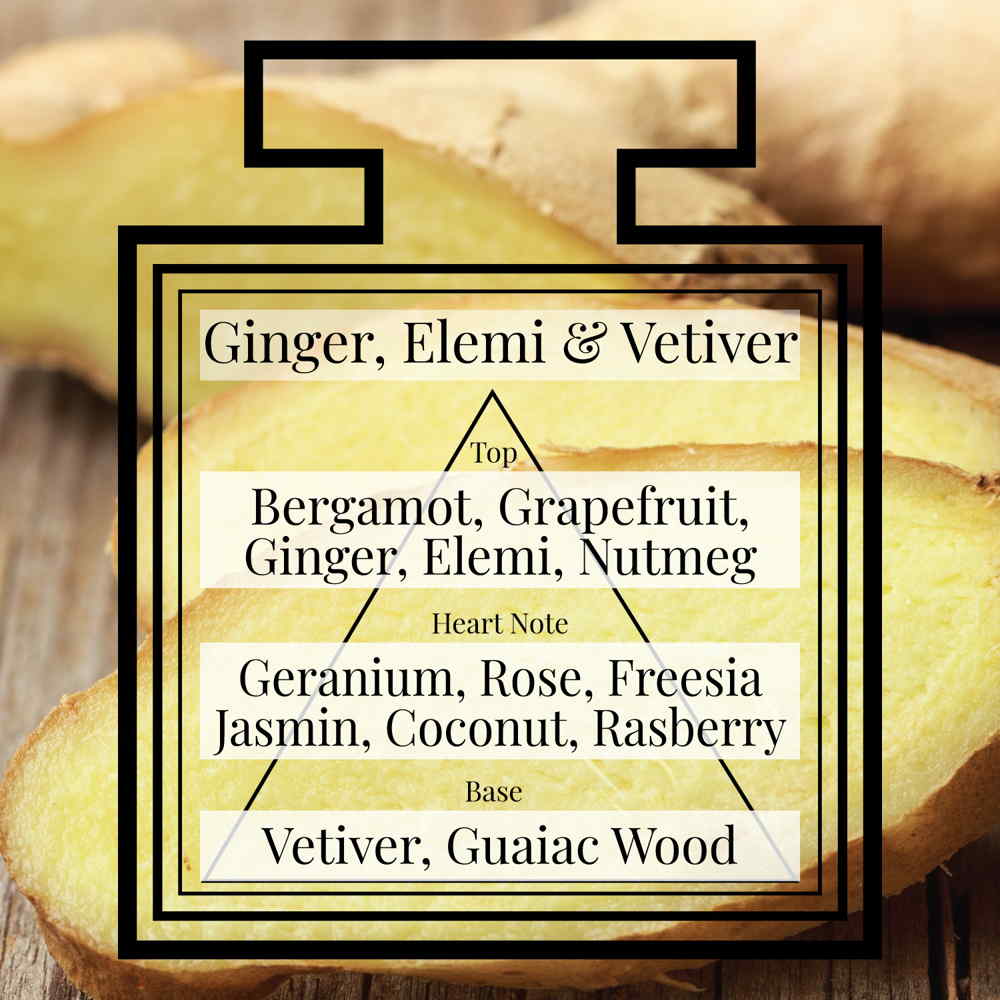
Discovering the Art of Blending Extract Perfume
The olfactory artistry of creating perfume extract goes beyond merely selecting and extracting essential oils; it involves the refined skill of blending these extracts into an exquisitely harmonious composition. Perfumers must consider the delicate balance of top, middle, and base notes, the interplay of aromatic accords, and the interweaving of contrasting elements to create a captivating fragrance that is greater than the sum of its parts.
1. Top Notes
The initial impressions of a fragrance and top notes are typically volatile and light, evaporating quickly after application. These aromatic elements set the stage for a fragrance’s opening act, drawing intrigue and awakening the senses.
2. Heart Notes
Also known as middle notes, heart notes play a substantial role in the composition of a fragrance, forming the body and central character of the scent. Heart notes persist longer than top notes, evolving as they harmonise with the surrounding elements and ultimately defining the tone of the fragrance.
3. Base Notes
Resonating long after the top and heart notes have faded, base notes create an enduring fragrance foundation. Characterised by their deep, rich aromas, these elements provide a sense of warmth and depth to the composition, complementing and grounding the other notes in the blend. Ingredients such as bark add an earthy quality that enhances the richness and complexity of the final product.
For more information about the olfactory pyramid, click here.
The Role of Natural Ingredients in Extract Perfume
The perfume industry has seen a significant shift towards the use of natural ingredients, with consumers increasingly favouring perfumes that highlight the essence of the plant material. Extract perfumes are celebrated for their use of high-quality raw material, such as exquisite essential oils. Essential oil is derived from flowers like lavender, jasmine, and rose. These natural elements ensure that each perfume reflects the true character of its ingredients, providing a more authentic and captivating aroma and olfactory experience.

The Ethical and Sustainable Future of Perfume Extraction
The perfume industry is moving towards more sustainable and ethical practices in the extraction process. Traditional methods, such as enfleurage, and modern techniques, like solvent extraction using a chemical solvent, are being refined to minimise environmental impact while maximising the yield and quality of the final product.
Carrier oil is increasingly used in combination with these methods to optimise the extraction of essential oils and ensure that the process remains sustainable. At Pairfum London, we are committed to sourcing our materials responsibly, ensuring that our luxurious fragrances and any extraction method used in their production do not compromise the planet’s health.
Emotional Connections and Personal Preferences
Perfume is not just about scent; it’s a journey that evokes emotions and memories. The extract perfumes crafted by Pairfum London are designed to resonate deeply with the wearer, allowing personal preferences to guide the choice of fragrance. Whether it is the fresh allure of a citrus blend or the deep warmth of woody accords, our perfumes cater to diverse tastes and personalities, offering an olfactory experience tailored to every individual.
Luxurious Layers of Fragrance Extracts: The Ultimate Sensory Experience
A perfume extract embodies the pinnacle of olfactory artistry and expertise, exploring the fragrant depths of sensory sophistication with unparalleled finesse. As you delve into the world of extract perfume, you unlock the secrets of an opulent fragrance realm where every scent becomes a journey into the exquisite realms of taste and ‘zeitgeist’.
At Pairfum London, we celebrate the enchanting allure of extract perfume, combining our passion and skill to create unparalleled, luxurious compositions that truly captivate the senses.
We invite you to immerse yourself in our sophisticated collection of extract perfumes and experience their enchanting, otherworldly quality for yourself. A fantastic place to start is our signature Perfume Experience Box, but for those who enjoy a floral fragrance, might we suggest:
Allow the pure, potent essence of fragrance to unveil the hidden depths of olfactory beauty, and let Pairfum London’s dedication and savoir-faire guide you on a mesmerising journey into the heart of perfume extract.




